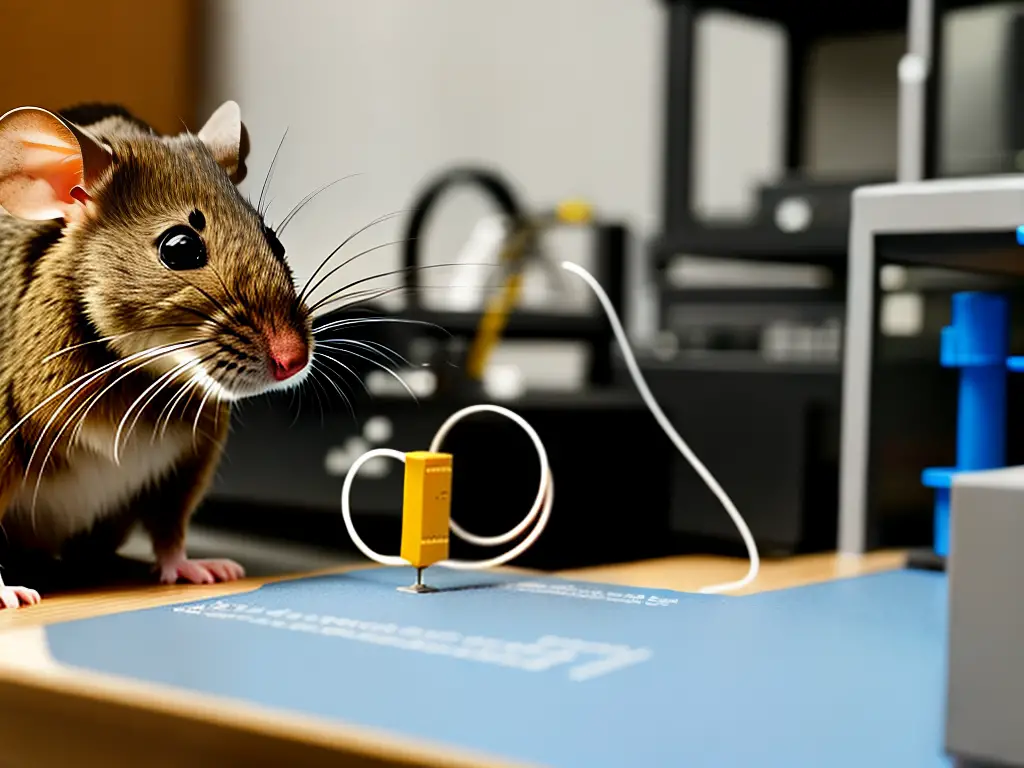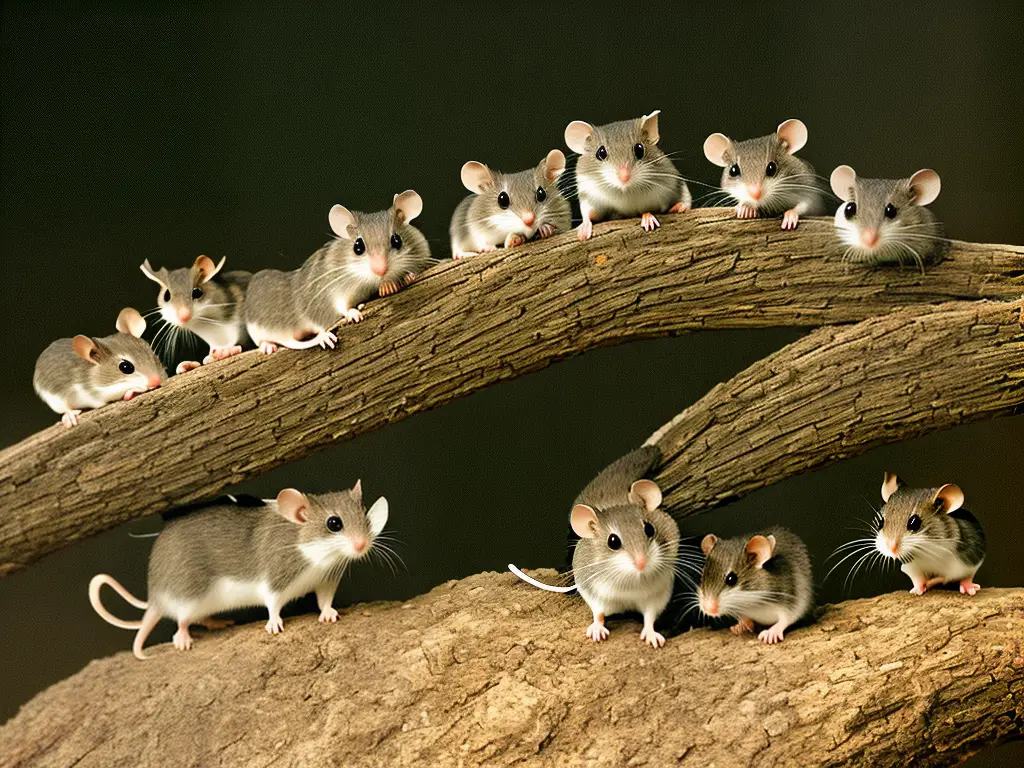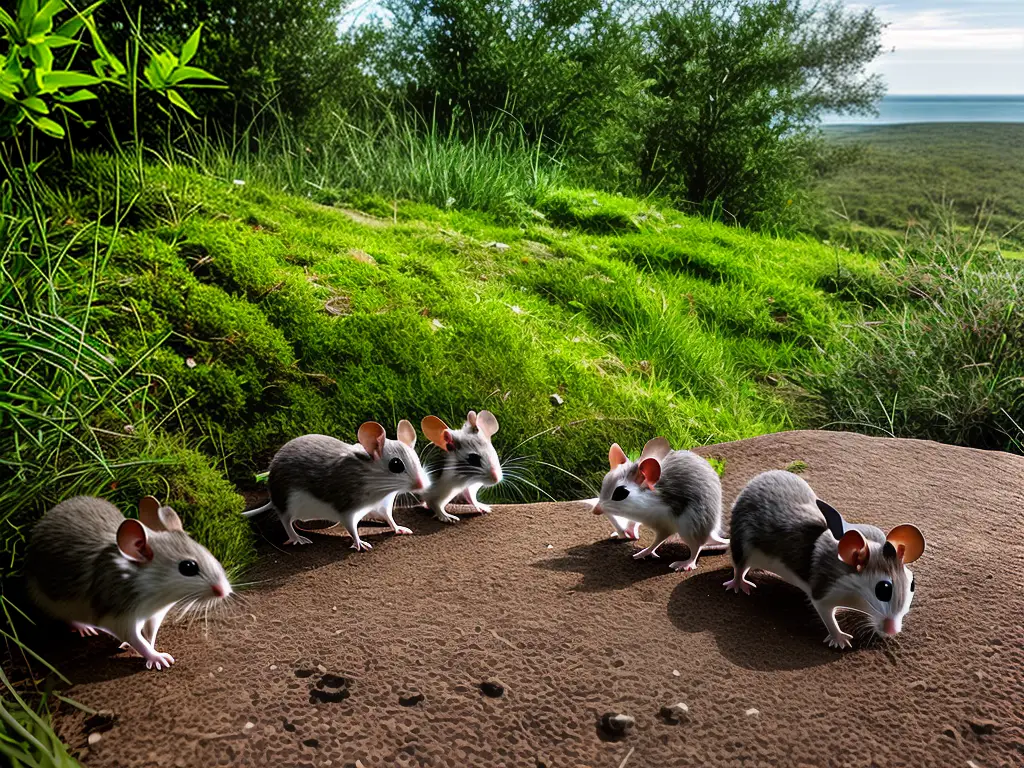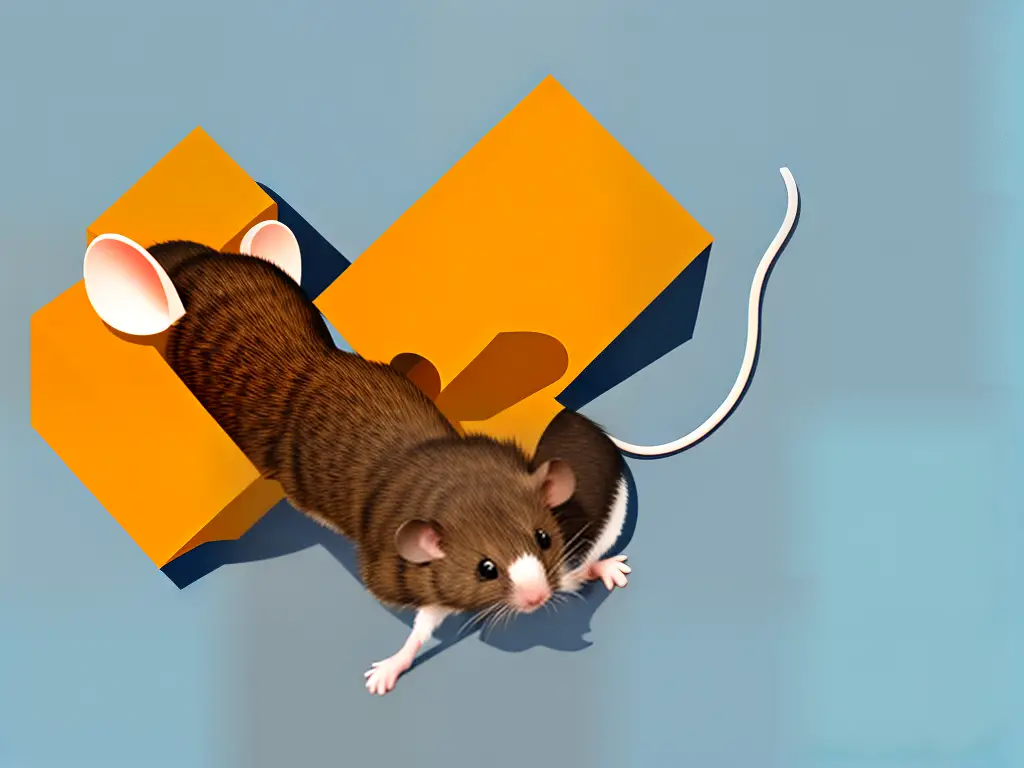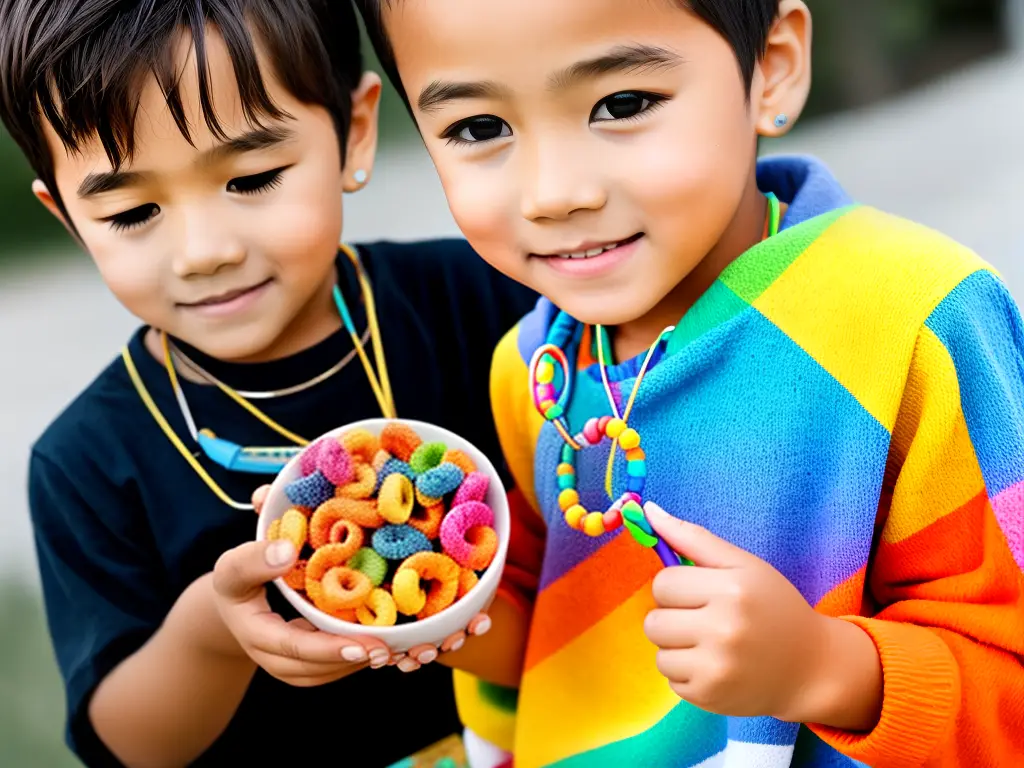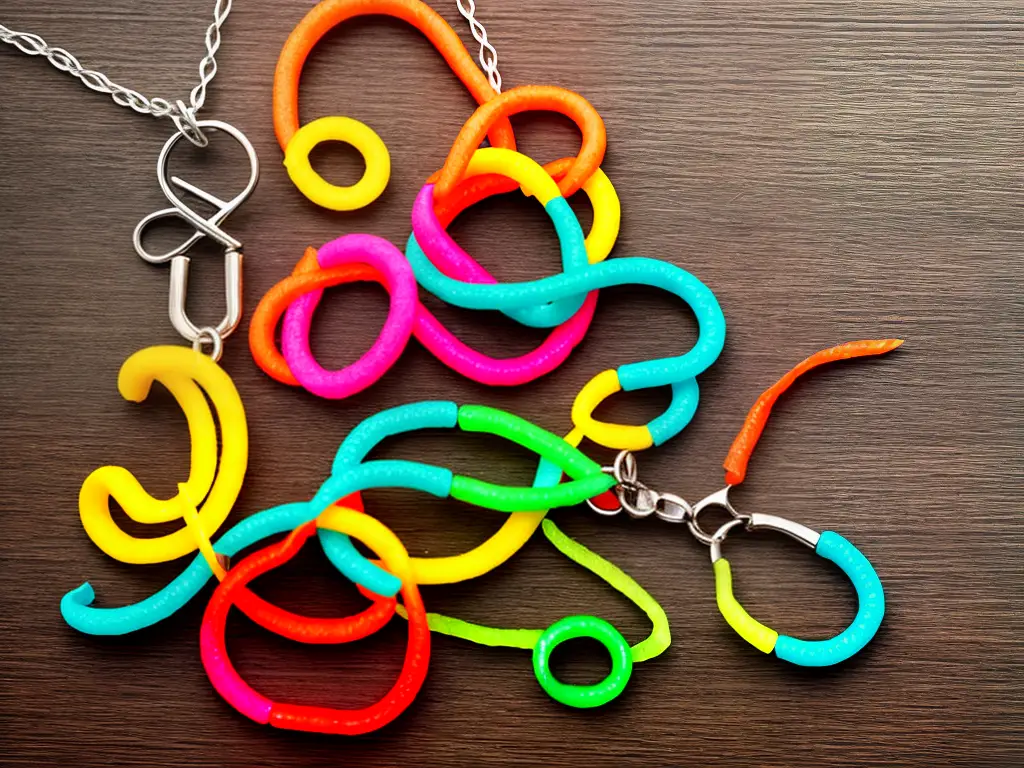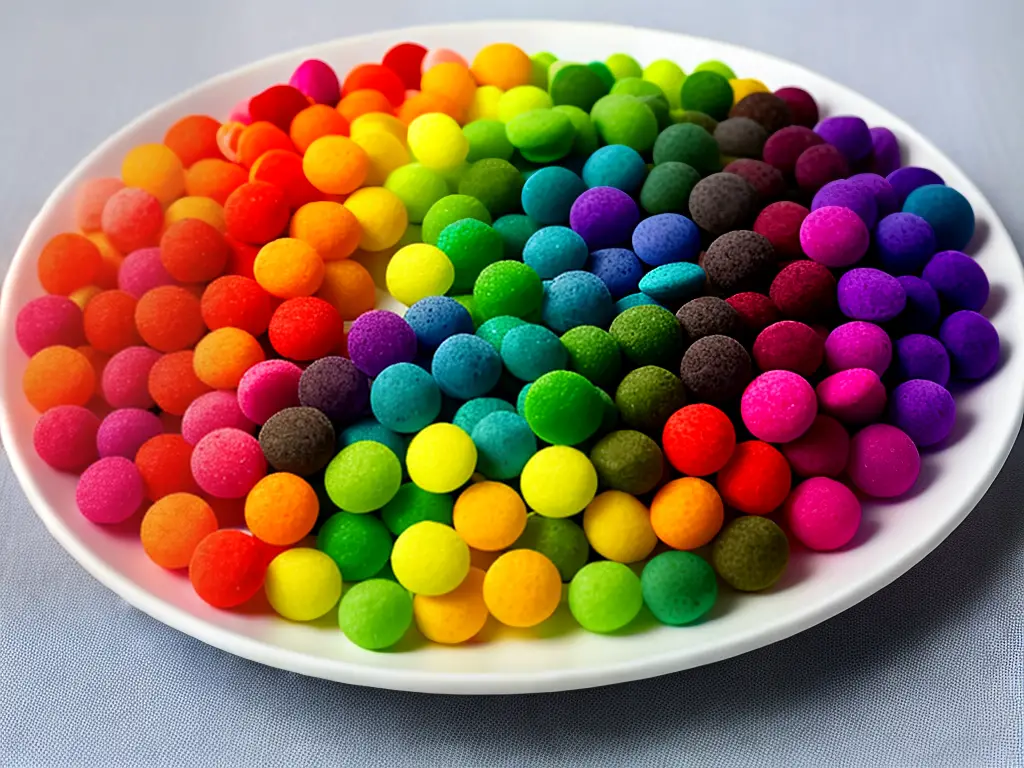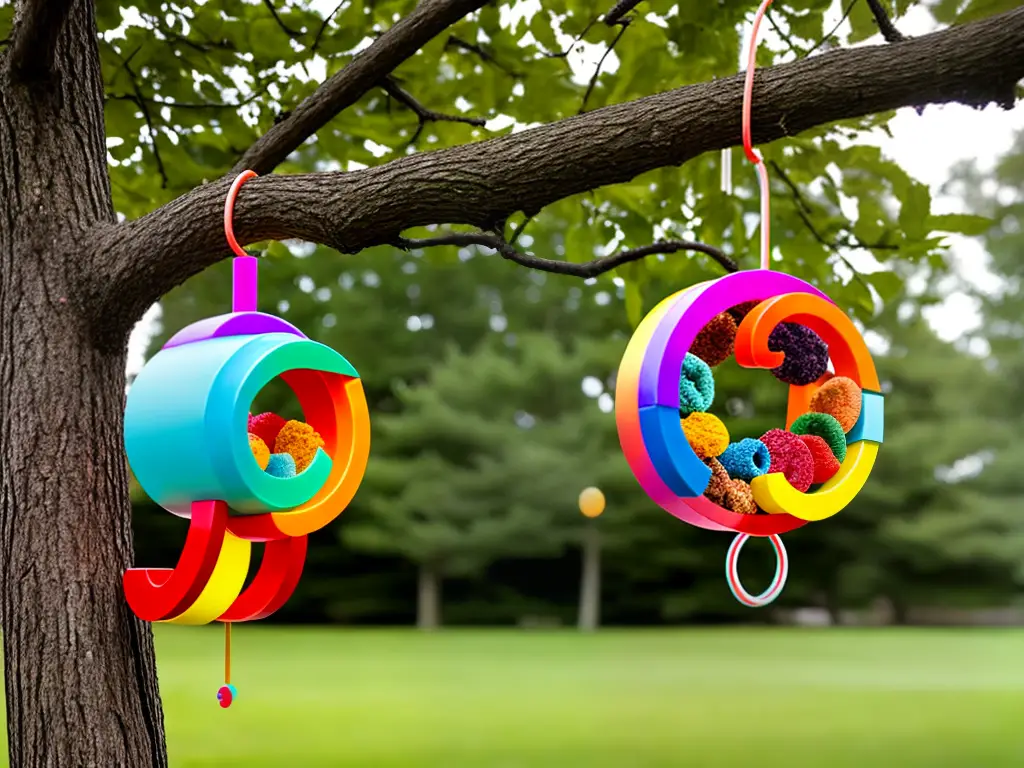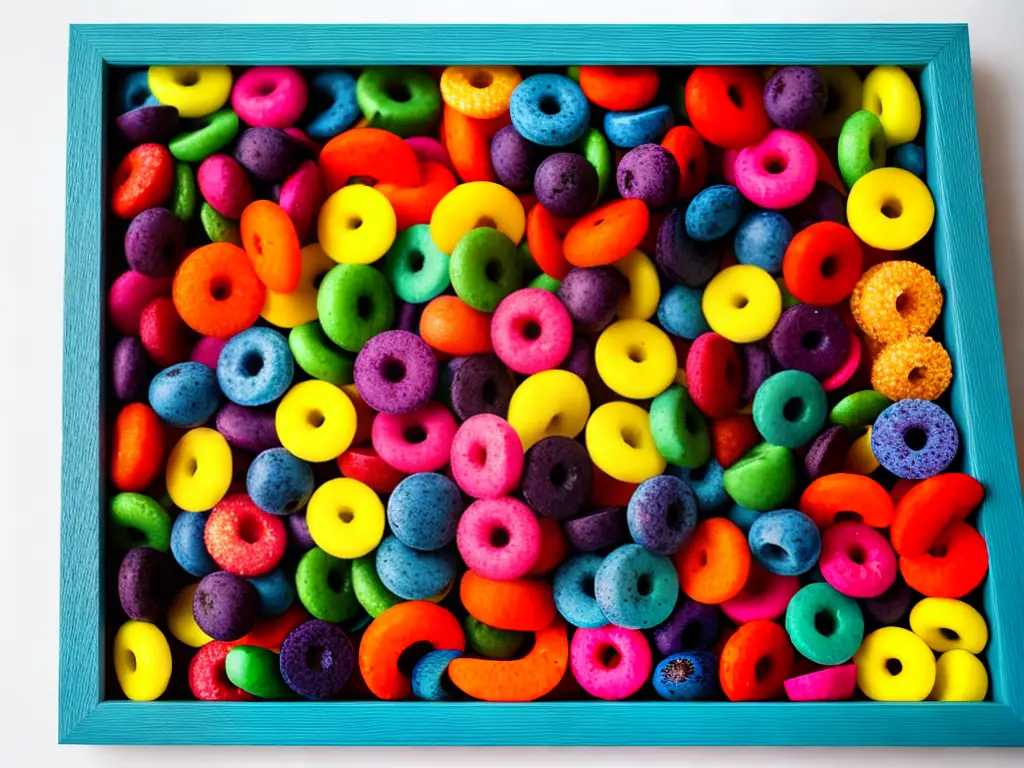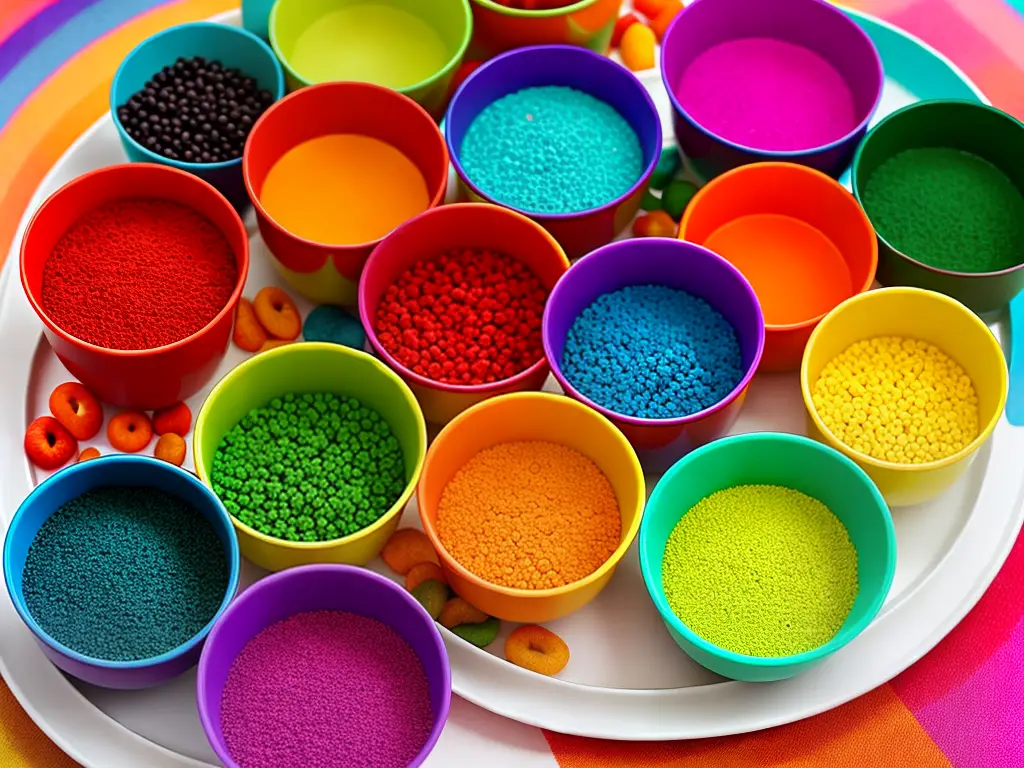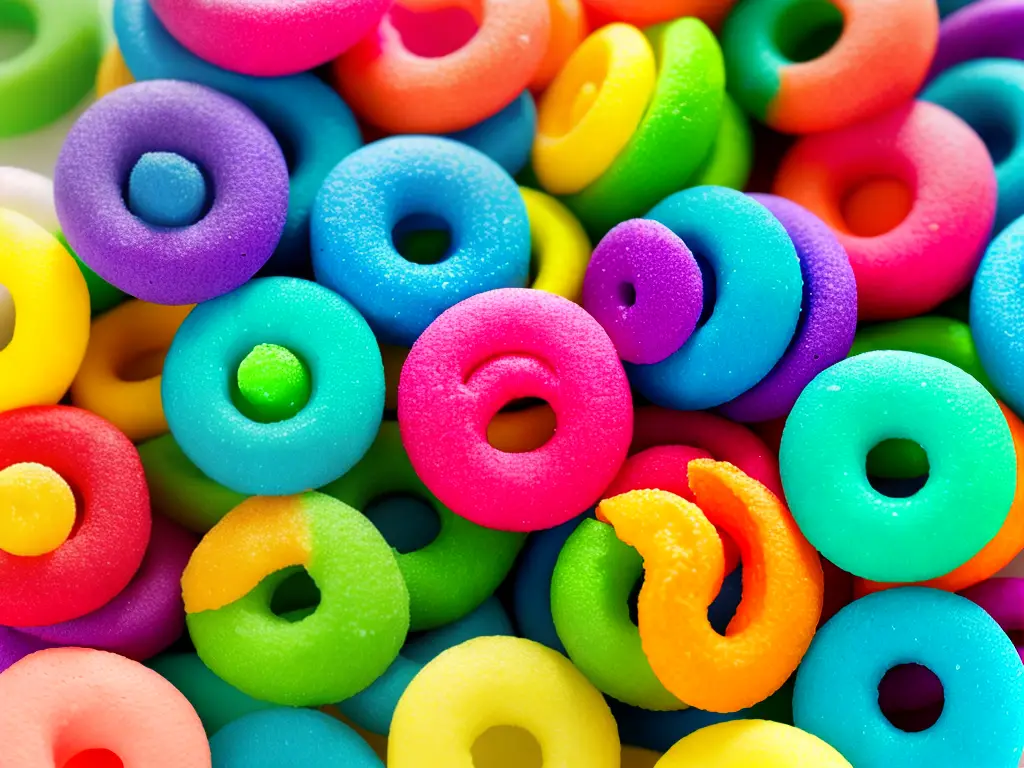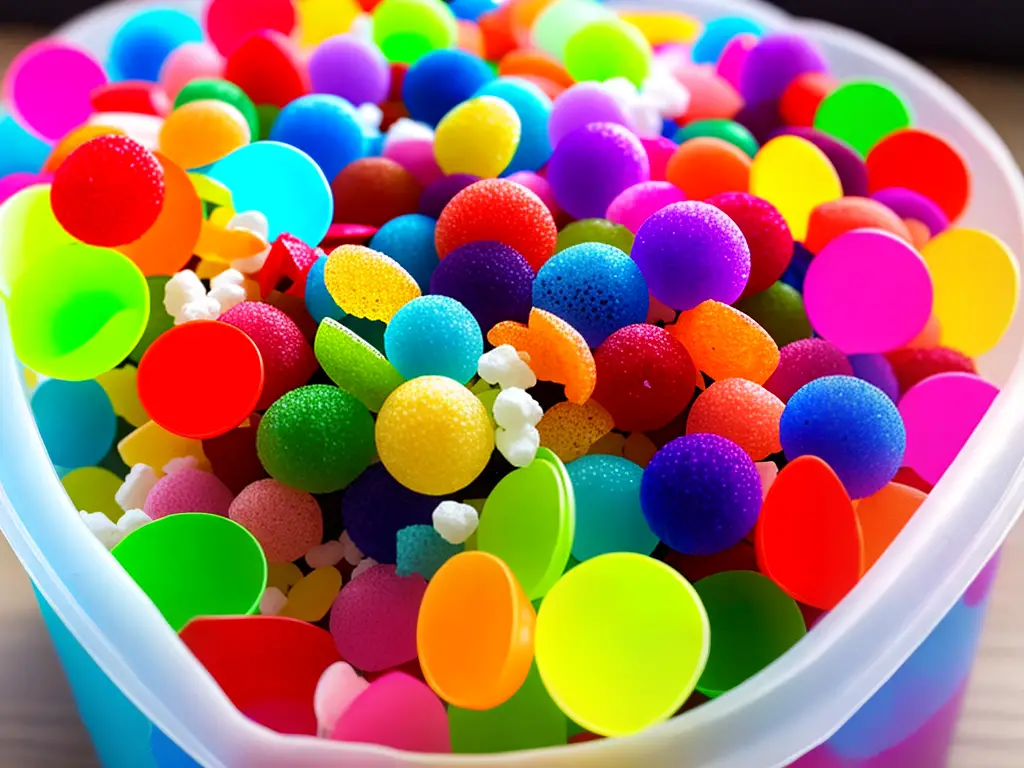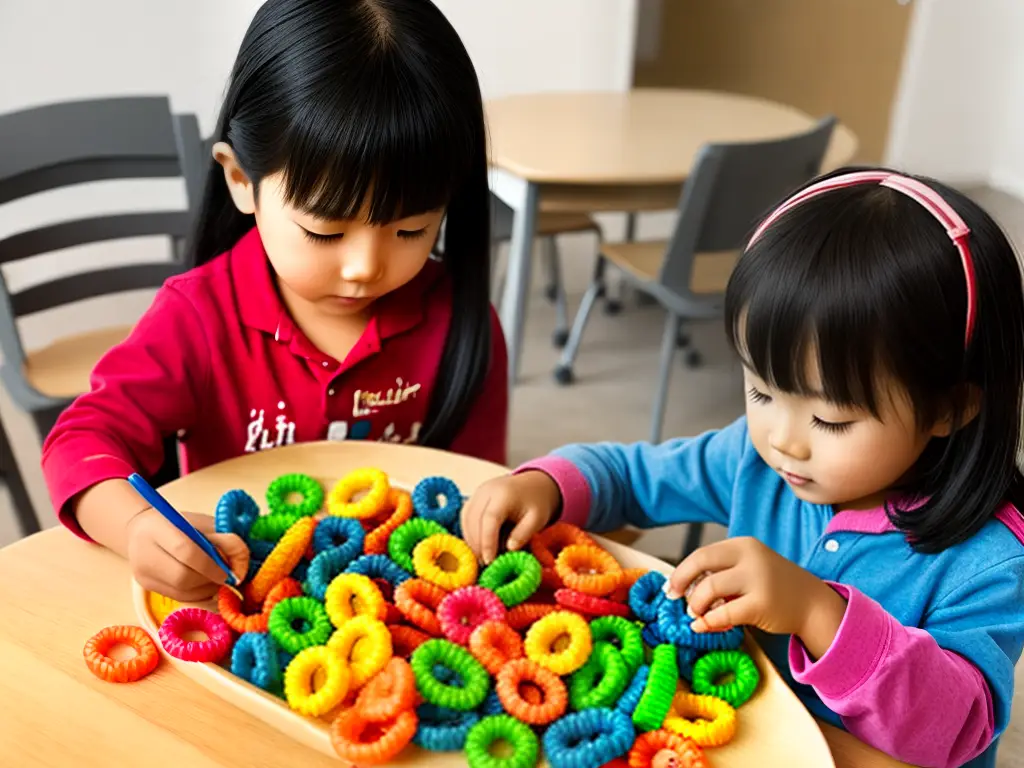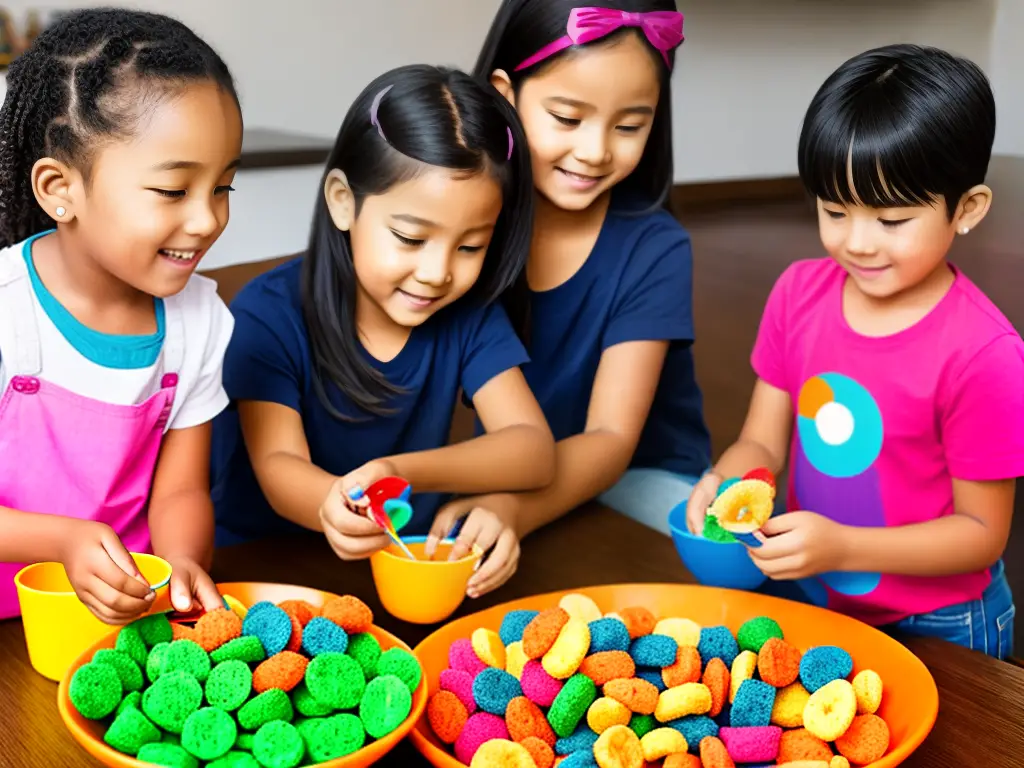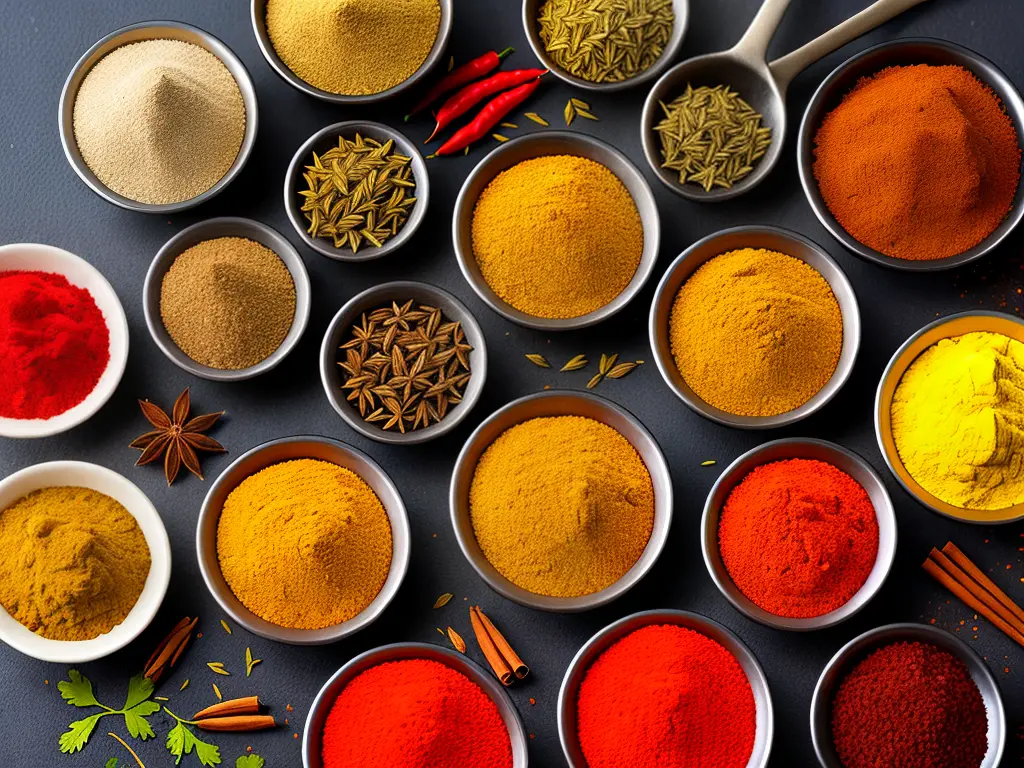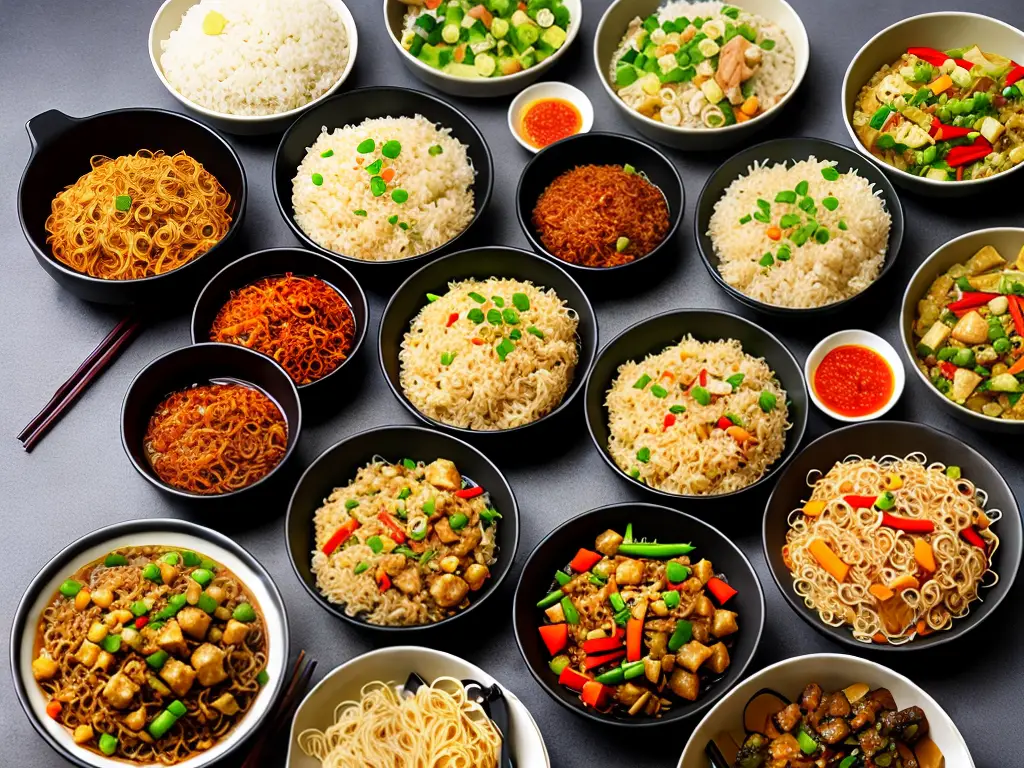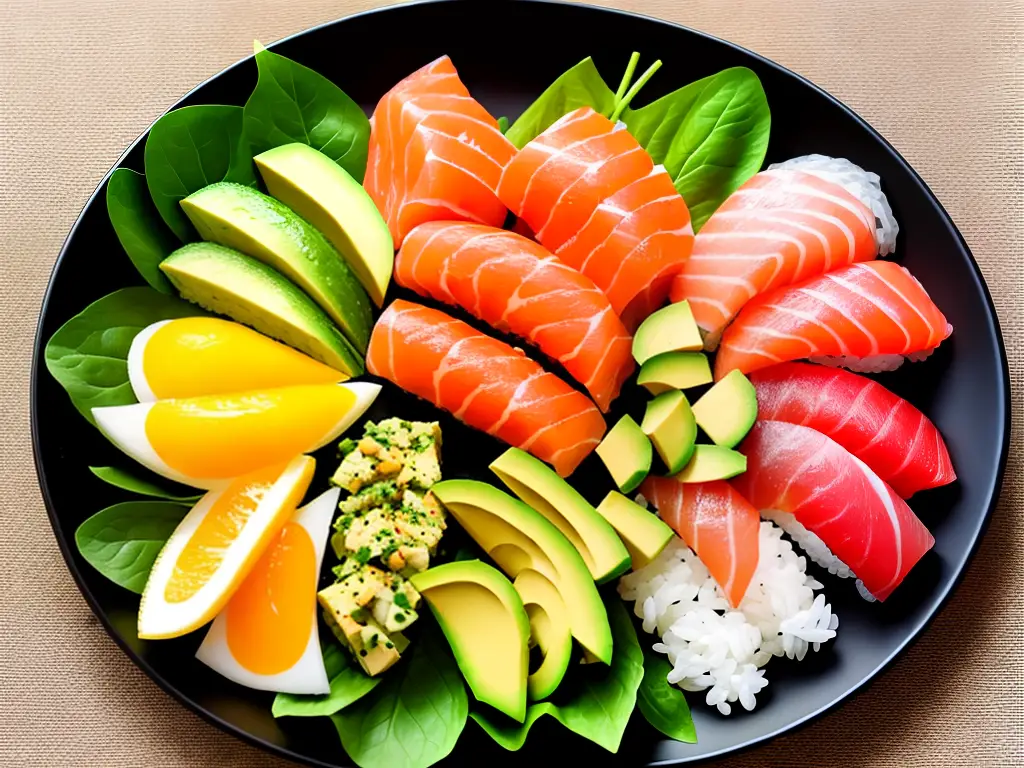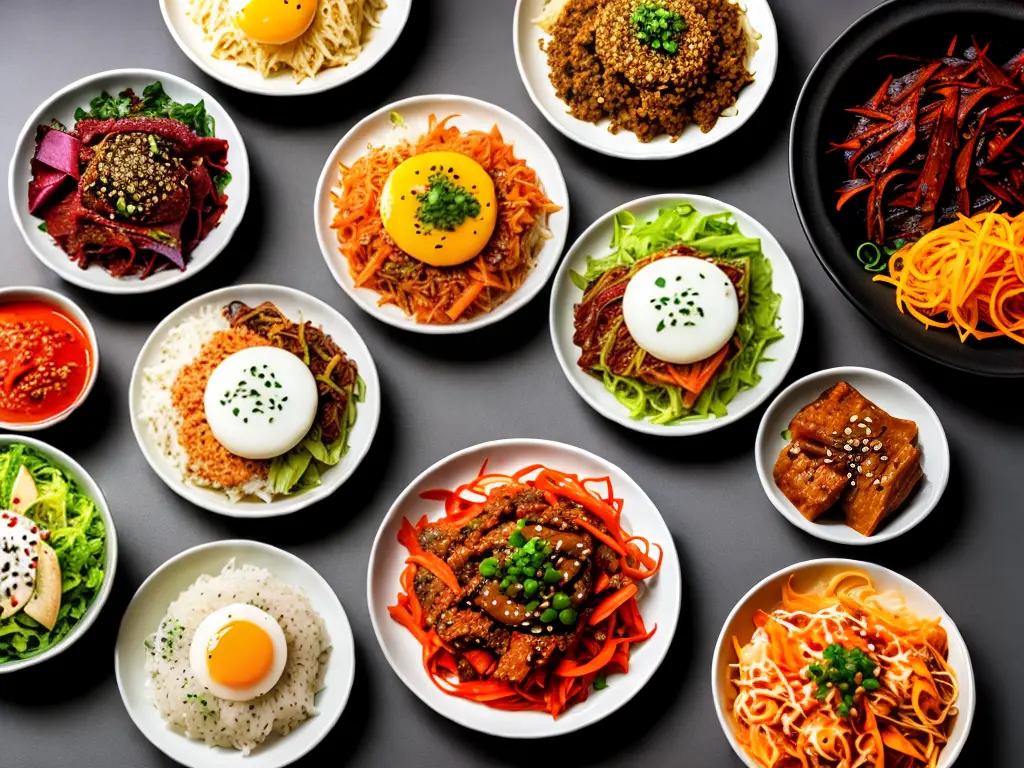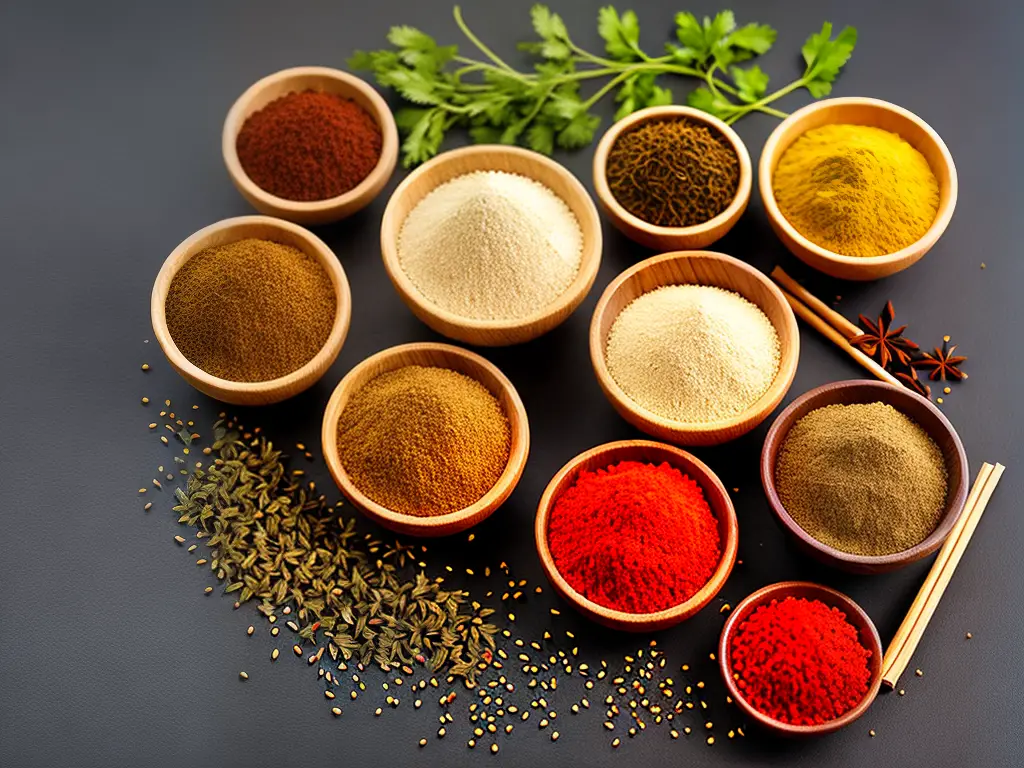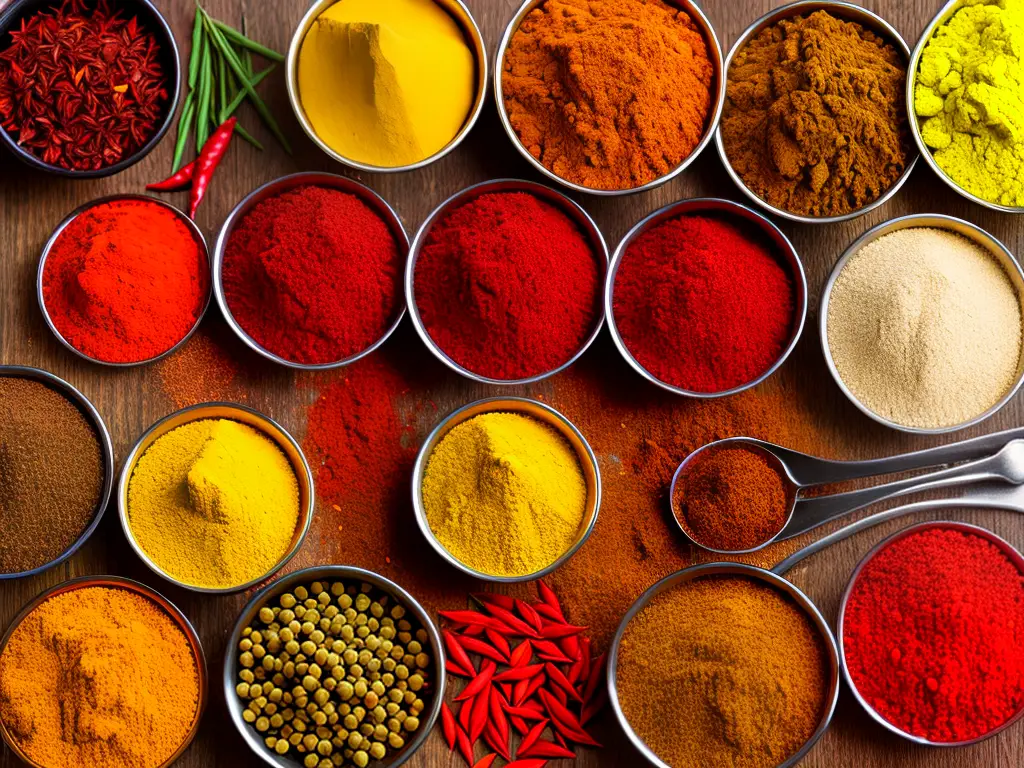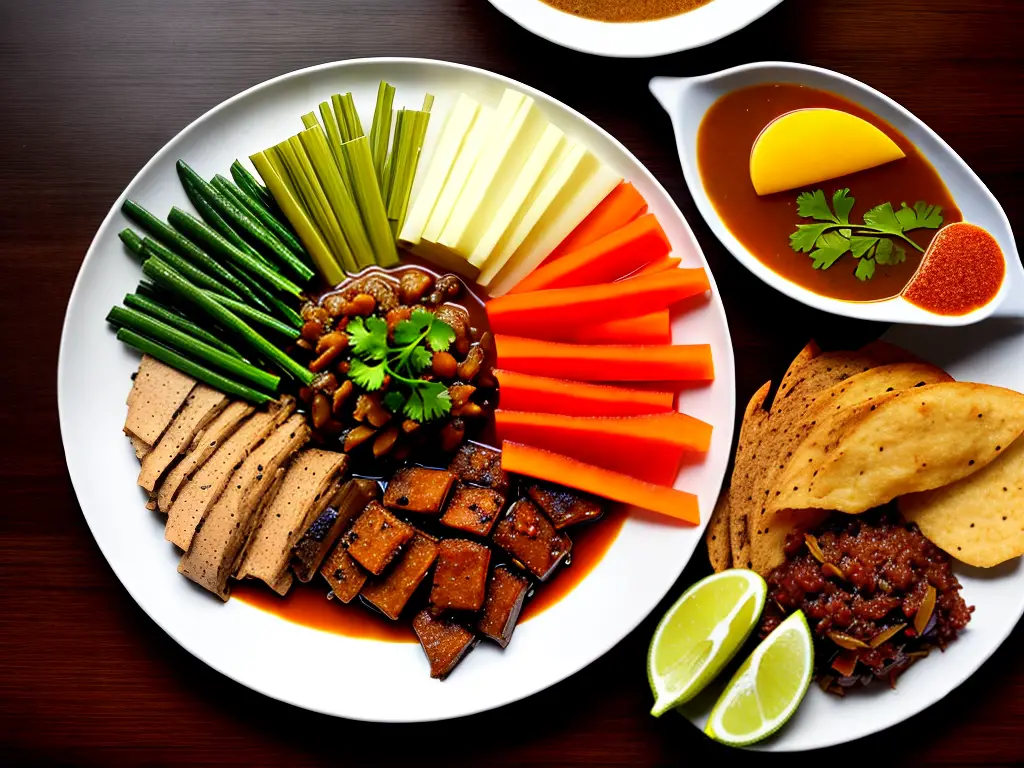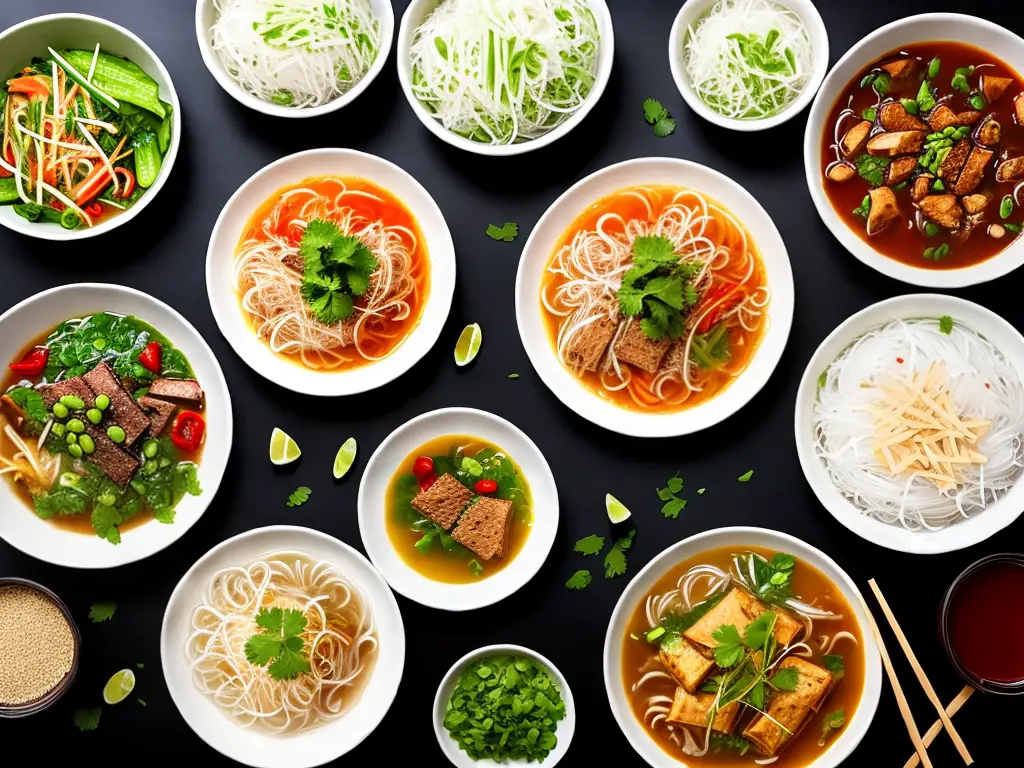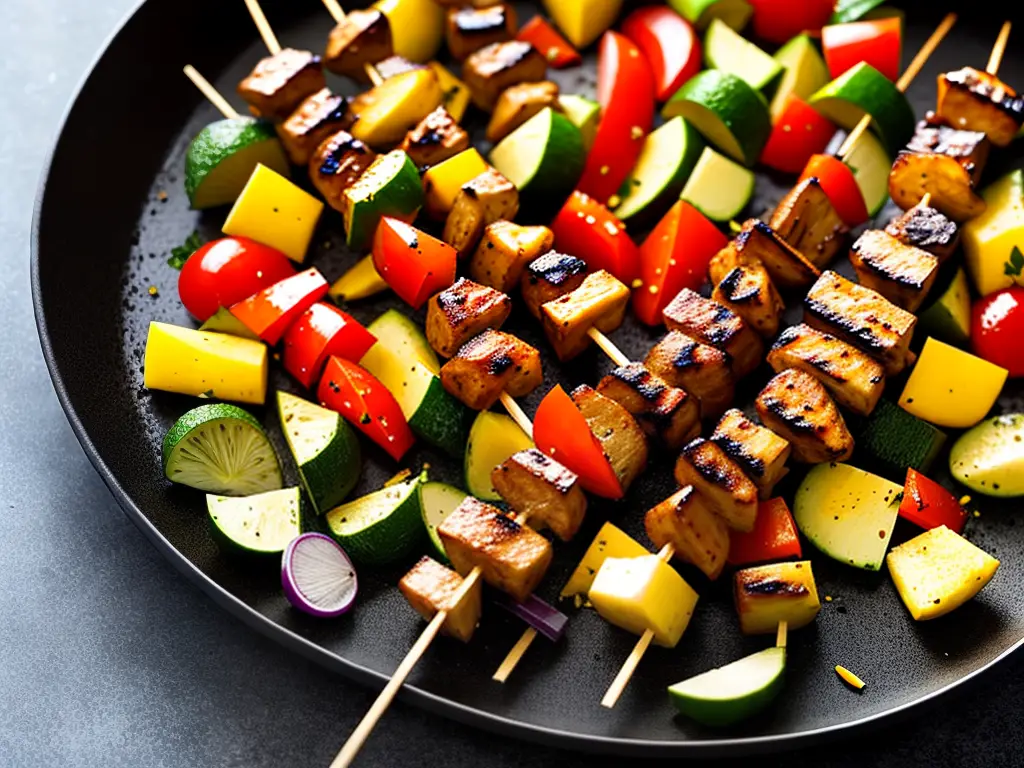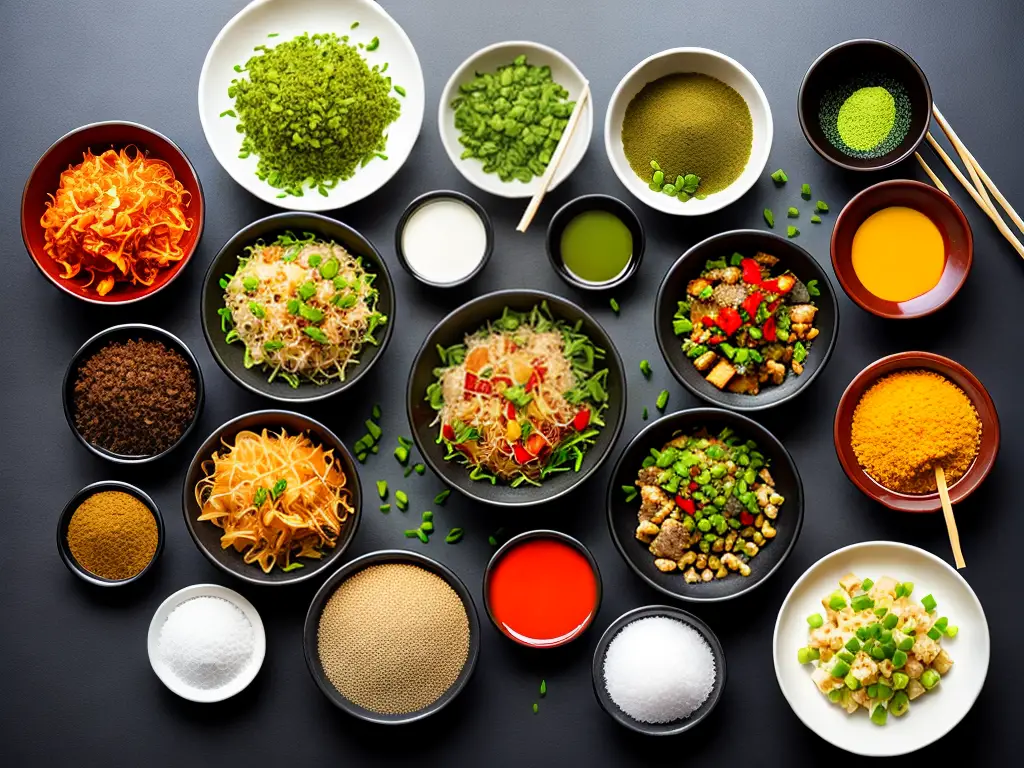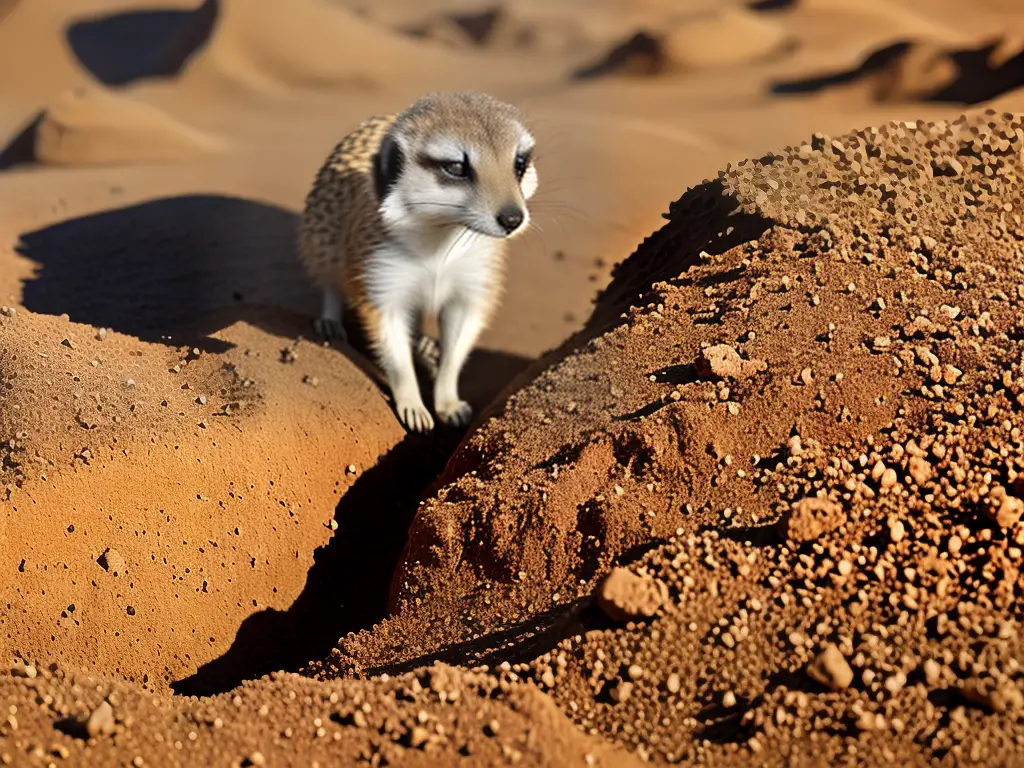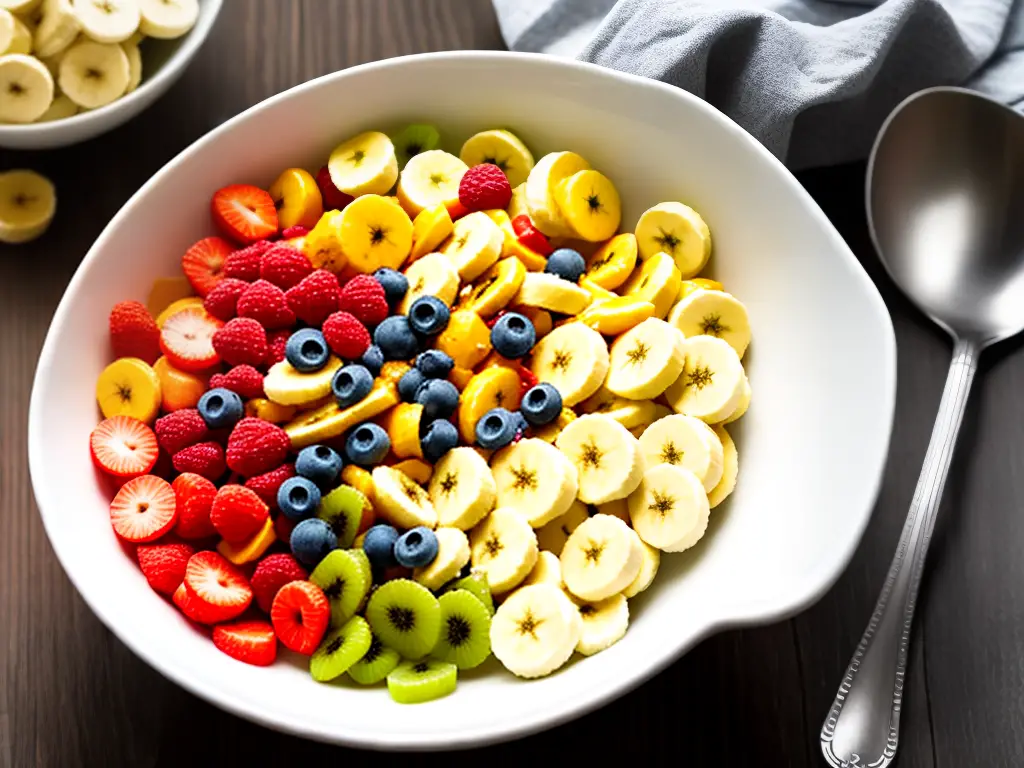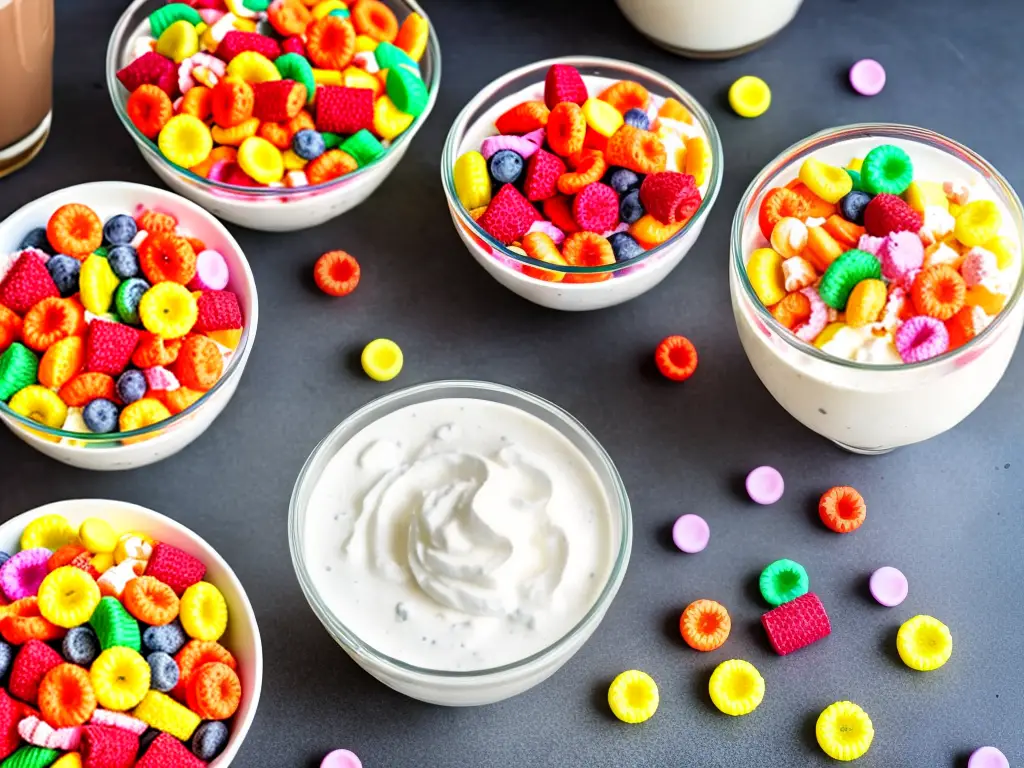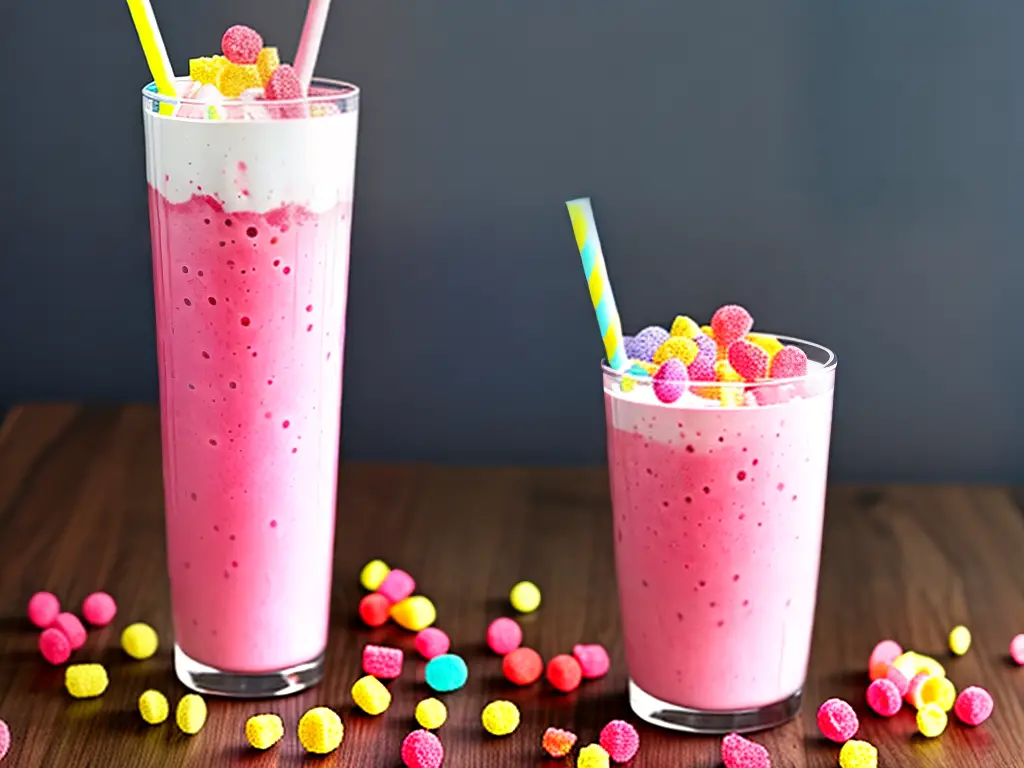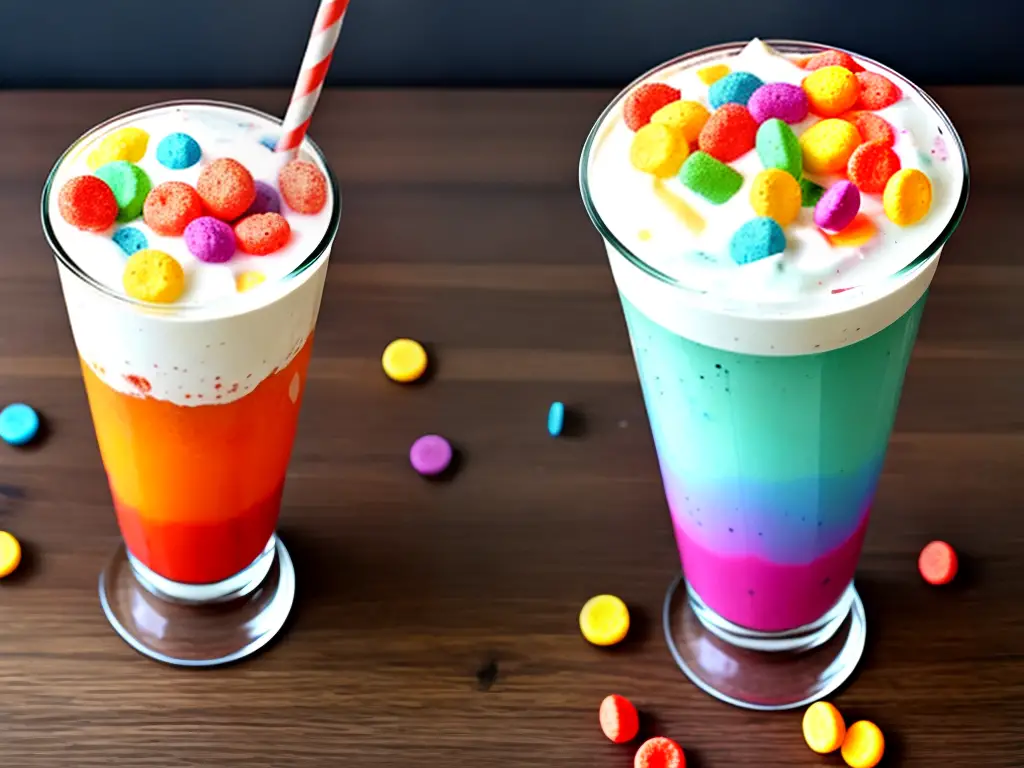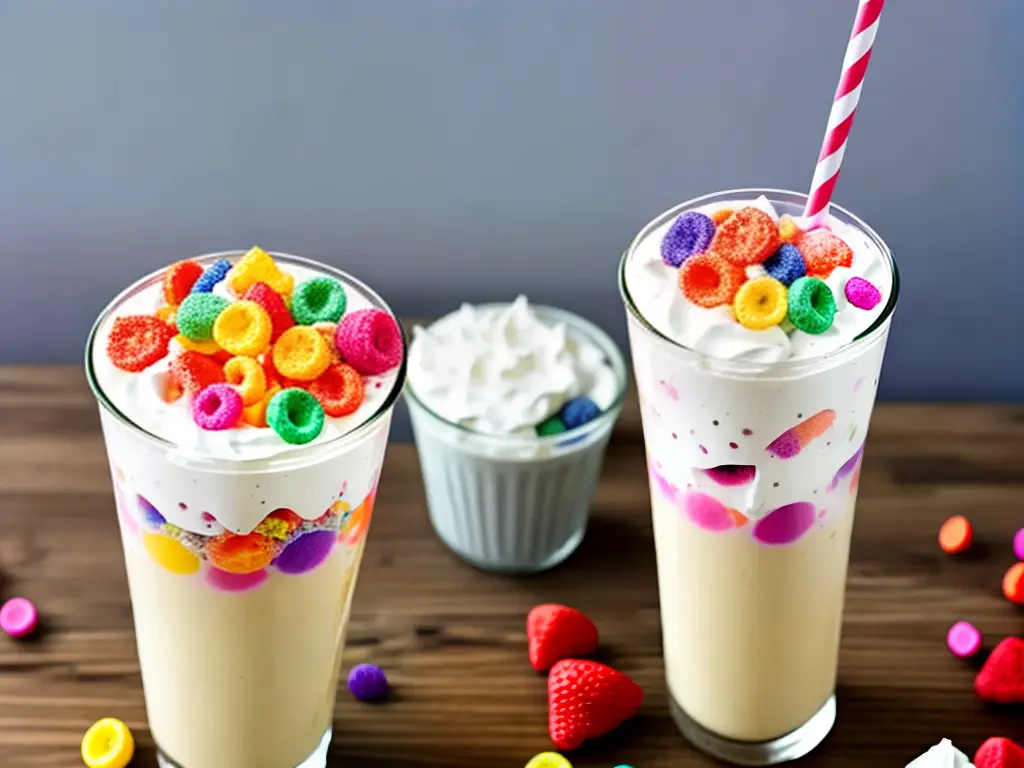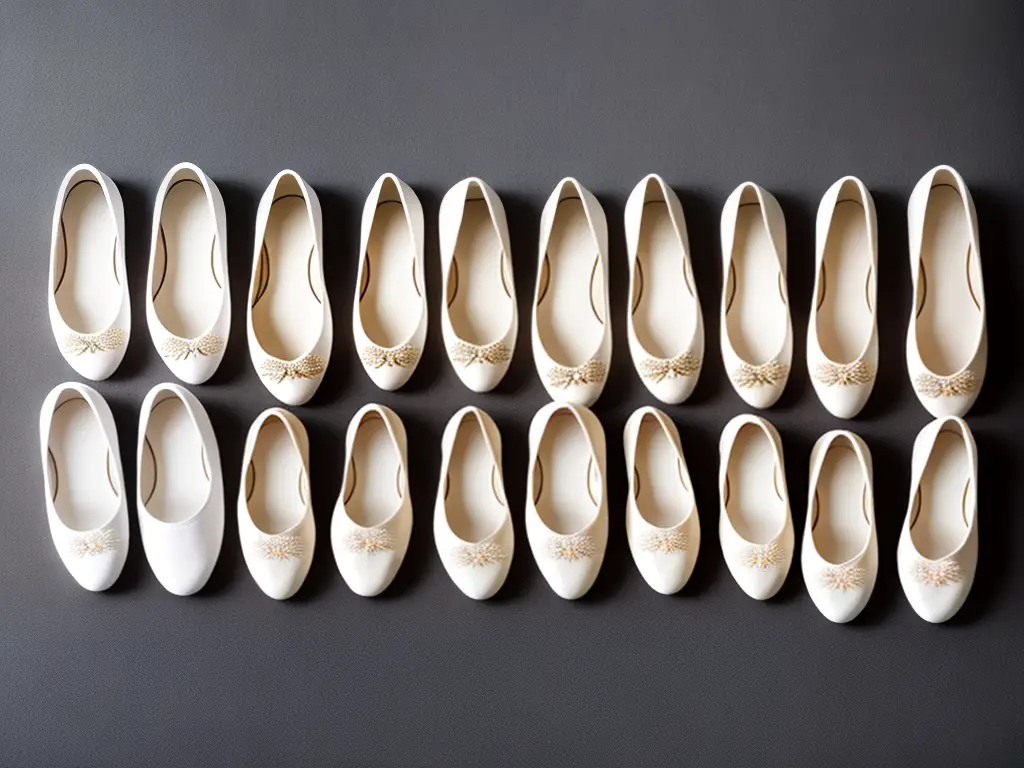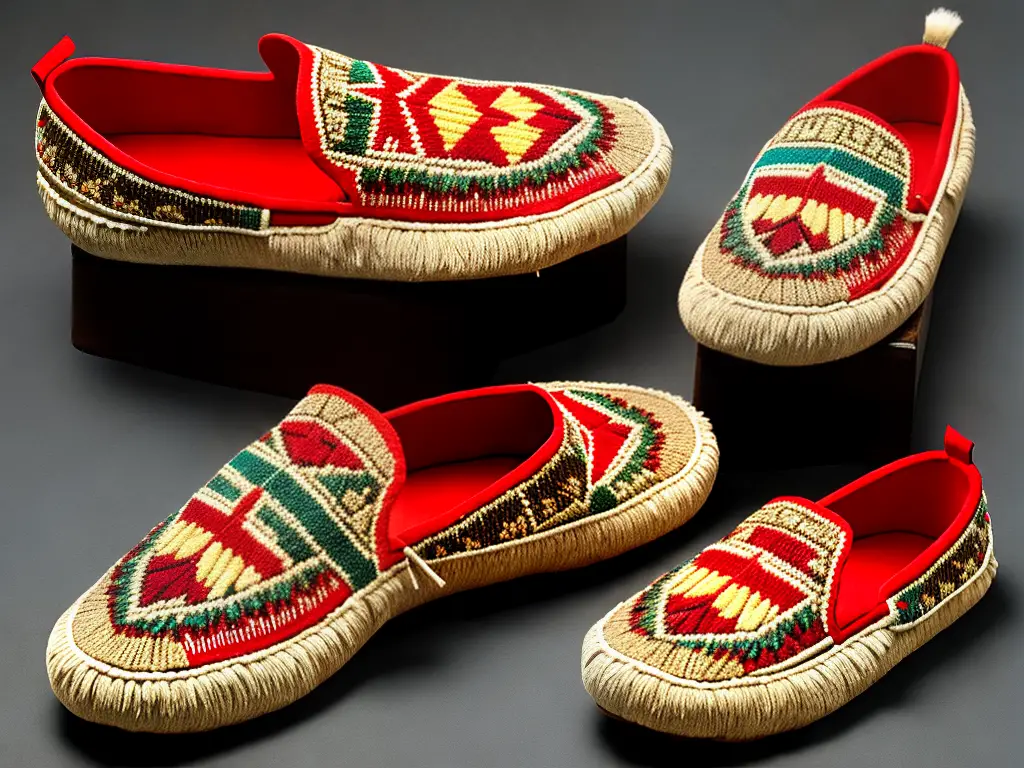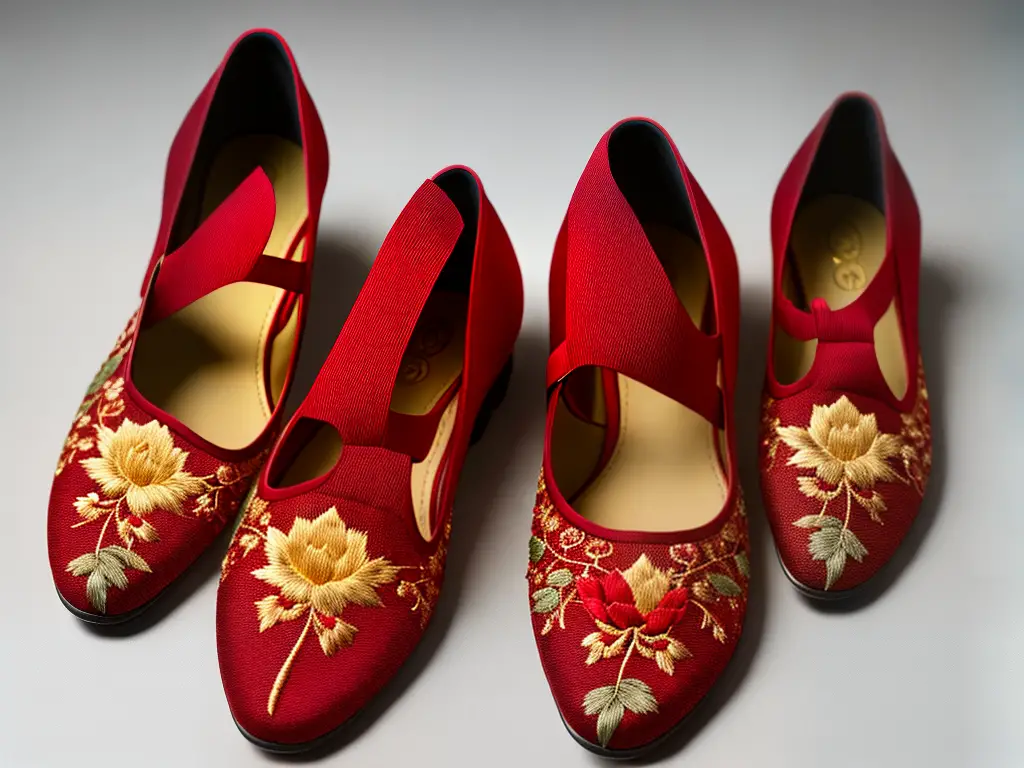Turtles are fascinating creatures with a distinct anatomy and a wide range of species found across various habitats in the world. Understanding the different types of turtle habitats, their geographical distribution, specific habitat requirements, diet, and reproduction are crucial to appreciate and protect these ancient reptiles. This knowledge can also guide us in creating suitable environments for turtles, ensuring their well-being and survival.
The Fascinating World of Turtles and Their Diverse Habitats
Turtles are fascinating reptiles that can be found in various environments, such as forests, deserts, and aquatic habitats. With over 300 species worldwide, they are among the most diverse and widespread reptiles on Earth. They have a unique anatomy that allows them to adapt to their specific environments. Their most distinctive feature is their shell, which is composed of a top part called the carapace, and a bottom part named the plastron. This shell not only provides protection from predators but is also integral to the turtle’s unique skeletal structure.
In terms of physical characteristics, turtles are generally categorized into two main groups: aquatic and terrestrial. Aquatic turtles, such as sea turtles and pond turtles, have webbed feet or flippers that help them swim efficiently in water. They typically have a flat, streamlined shell, which further aids their swimming abilities. On the other hand, terrestrial turtles, like box turtles and tortoises, have more rounded shells and feet that are better adapted for walking on land. These turtles are usually found in habitats that are primarily on land, such as grasslands, forests, and deserts.
Turtle habitats can vary greatly due to the many different species that exist. For example, aquatic turtles can reside in both freshwater and marine environments. Freshwater habitats for turtles include ponds, lakes, rivers, and swamps, while marine turtles typically inhabit oceans and coastal regions. Species like the green sea turtle spend most of their lives in the ocean, only coming ashore to lay their eggs on sandy beaches. On the other hand, the freshwater Painted Turtle can be found commonly in North America, thriving in slow-moving rivers, marshes, and ponds.
Terrestrial turtle habitats also vary depending on the species. For example, the Galapagos Tortoise, famous for its massive size, is found exclusively in the Galapagos Islands, where it roams grasslands, scrublands, and even volcanic fields. The smaller North American Eastern Box Turtle prefers forested areas, often found living in moist and deciduous forests with plenty of leaf litter for camouflage from predators. It is crucial to conserve these diverse habitats to ensure the survival of various turtle species.
Turtles are fascinating creatures that live in a variety of habitats all around the world. However, human activities such as urbanization and climate change pose a significant threat to these habitats. For instance, the destruction of nesting beaches and rising temperatures have adverse effects on sea turtles’ reproduction. Similarly, freshwater turtles face pollution and habitat fragmentation, while terrestrial turtles like the Gopher Tortoise suffer from loss and degradation of their habitats due to land development. To protect these incredible reptiles, it is vital that we work together to conserve their habitats and support biodiversity as a whole.

Turtle Habitats: Freshwater, Marine, and Terrestrial
There are many distinct habitats that accommodate the numerous species of turtles found across the globe. Freshwater environments such as rivers, streams, ponds, and lakes support a wide variety of turtle species. In these habitats, freshwater turtles like the painted turtle, red-eared slider, and snapping turtle thrive. Freshwater habitats can range in size and characteristics, from small, shallow ponds to rapidly flowing, deep rivers. These turtles are well-adapted for life in the water, having webbed feet and streamlined shells that help them swim efficiently. Understanding and preserving these diverse habitats is crucial for the survival and well-being of various turtle species.
Another common habitat for turtles is the marine environment, usually encompassing oceans and seas. Marine turtles, or sea turtles, are specifically adapted to live in these vast, often deep bodies of water. These species, including the loggerhead, green turtle, and leatherback, are built for an aquatic lifestyle. Their limbs are modified into flippers for powerful swimming, and their shells are more streamlined than those of freshwater turtles. Sea turtles inhabit various oceanic zones, from the shallow water near coastlines where they lay eggs on beaches to the open ocean, where they search for food and traverse thousands of miles.
Some turtle species prefer a terrestrial existence, living mainly on land as opposed to water. Terrestrial or semi-terrestrial turtles, like the numerous species of box turtles and tortoises, reside in these types of habitats. These land-dwelling turtles have strong, dome-shaped shells and robust legs designed for moving across various terrains. They can be found in various ecosystems, such as grasslands, forests, and deserts. However, even terrestrial turtles may live close to water sources, as they require it for drinking and, in some cases, wallowing.
Aside from the primary distinction between freshwater, marine, and terrestrial habitats, the specific environments that turtles occupy can be categorized by factors such as climate, vegetation, and altitude. For instance, softshell turtles, a group of freshwater species, often reside in sandy or muddy-bottomed water bodies. On the other hand, the Roti island snake-necked turtle, an endangered species, primarily inhabits swamps and other slow-moving, heavily vegetated waters. Despite the seemingly diverse habitats that turtles live in, many species are now under threat due to changing environmental conditions, habitat degradation and fragmentation, and human activities such as pollution and hunting.
Understanding the specific requirements of different turtle species is crucial to their conservation, as each has unique environmental needs that must be met. In some instances, conservation measures, such as habitat restoration, can help mitigate the impacts of human activities and habitat loss, ensuring the long-term survival of these unique and diverse reptiles. Turtles can be found in various places around the world and inhabit almost every type of climate. Regardless of where they are found—freshwater, marine, or terrestrial—these fascinating creatures have distinct adaptations to suit their respective ecosystems.

Turtle Habitats Around the World
Examples of habitats turtles are found in include tropical and subtropical regions as well as more temperate areas. Some turtle species live in oceans, while others prefer to reside in freshwater environments like lakes, rivers, and ponds. There are also turtles that live on land, known as tortoises. Each of these differing habitats presents its own unique challenges and resources, making turtles an interesting group to study and learn from for understanding the natural world.
With over 300 different species of turtles, they can be found on every continent except Antarctica. Each species has its own unique habitat requirements, but generally, they can be found in regions with plenty of vegetation, water sources, and suitable nesting areas.
Turtles in the Americas
- North America is home to various aquatic species, like the common snapping turtle, which can be found in eastern United States and Canada, as well as numerous types of box turtles and pond turtles.
- South America is home to some unique species, like the Galapagos tortoise and the Matamata turtle, which can be found in the Amazon and other bodies of water in northern South America.
Turtles in Asia
- Asia is also home to a variety of turtle species, including the Asian box turtle and freshwater softshell turtles.
- Some species, like the Chinese soft-shell turtle, are native to eastern Asia, including countries like China and Japan.
- In Southeast Asia, turtles can be found in countries like Indonesia, Malaysia, and the Philippines.
- The Indian subcontinent is home to various species, including the Indian star tortoise and the Indian flapshell turtle.
Turtles in Africa
- The African continent also hosts a variety of turtles, including several types of tortoises and freshwater turtles.
- In the northern part of Africa, the Egyptian tortoise is native to the coastal areas of Egypt, Libya, and Tunisia.
- The African spurred tortoise, which is the third-largest tortoise species in the world, can be found in the southern part of the Sahara Desert.
- Meanwhile, central Africa hosts several freshwater turtles, like the African helmeted turtle and the African side-necked turtle.
Turtles in Australia and Surrounding Islands
- Australia and the surrounding islands also host many unique turtle species, including the Australian snake-necked turtle and the critically endangered western swamp turtle.
- Australia’s Great Barrier Reef is an essential habitat for green sea turtles, loggerhead turtles, and hawksbill turtles.
- Some smaller Pacific island nations are also home to unique turtle species, like the Fiji banded iguana and the Roti Island snake-necked turtle.
Turtles are fascinating creatures with the ability to adapt and thrive in a variety of climates and environments. This can be seen in their geographical distribution around the world, showcasing their diverse habitat preferences.

Important Aspects of Turtle Habitats
A crucial aspect of these habitats is water quality, as turtles rely on clean water for drinking, swimming, and finding food. Whether they inhabit saltwater environments like oceans or freshwater bodies such as lakes, ponds, and rivers, maintaining good water quality is vital for their health. This includes keeping water free from harmful chemicals and pollutants that can cause illness or death. Natural filtration systems, like plants and other aquatic organisms, can help maintain the cleanliness of the water in which turtles live.
Another important factor in turtle habitats is temperature. Turtles are ectothermic, also known as cold-blooded, which means that their body temperature is regulated by the environment around them. For this reason, turtles need to live in areas with warm temperatures or have access to sources of heat to keep their bodies at the right temperature. Different turtle species have different temperature requirements, but most need a temperature range of about 70 to 90 degrees Fahrenheit (21 to 32 degrees Celsius) to stay healthy. In some cases, turtles may need to bask in the sun for part of the day to warm up and maintain their body temperature.
Vegetation also plays an essential role in turtle habitats. Aquatic plants provide food, shelter, and places for turtles to hide from predators. Plant life also helps to filter the water and create a healthier living environment. Many turtle species are omnivores, which means that they eat both plants and animals. Providing a variety of vegetation in their habitat is crucial for turtles to have a balanced diet. This might include plants like water lettuce, duckweed, and pond lilies.
In addition to water quality, temperature, and vegetation, there are several other factors that influence turtle habitats. One of these is the availability of suitable nesting sites. Female turtles need to lay their eggs in sandy or soft soil, where the eggs can be buried and incubated safely. In some cases, female turtles will travel many miles to find an appropriate nesting site. Ensuring that there are enough safe nesting spots is essential for the survival of turtle populations.
Turtles are fascinating creatures that can be found in various habitats around the world, and it is vital to understand their requirements for space and exploration. The size of the turtle can greatly impact their habitat needs, with larger species like the Galapagos tortoise requiring significantly more room than smaller species like the box turtle. Providing adequate space is crucial for both their physical health and their mental well-being. In a proper turtle habitat, they should be able to swim, bask, and find appropriate coverings where they can hide and feel safe. By understanding these habitat requirements, we can help ensure the health and survival of turtles both in the wild and in captivity.
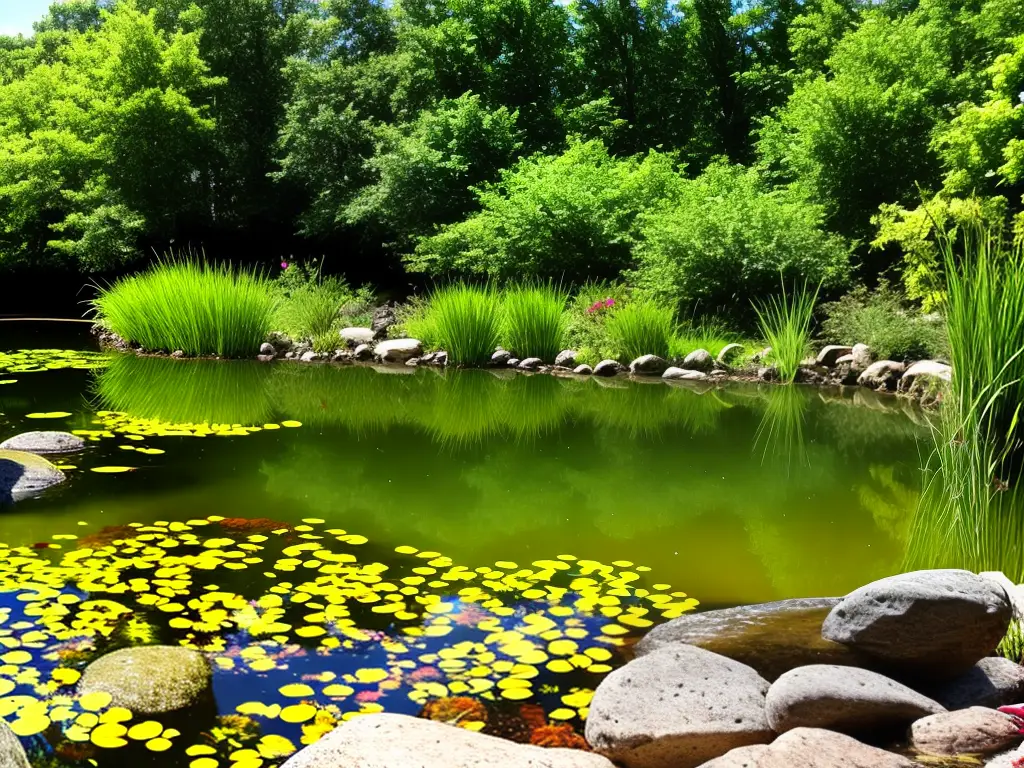
The Diet of Turtles
Alongside their varied habitats, turtles also have diverse diets that help them meet their nutritional needs. Some turtle species are herbivores, others are carnivores, and many are omnivores, which means they consume both plant and animal material. Gaining insights into their diet and nutrition is essential to better comprehend their habitats and overall survival, contributing to our efforts in conserving and protecting these intriguing creatures.
In the wild, aquatic turtles tend to be more carnivorous, especially during their early stages of life. Some of the common food sources for these turtles include small fish, insects, snails, and other invertebrates. As they grow older, their dietary preferences may shift towards a more herbivorous diet that consists of algae, aquatic plants, and fallen leaves. This shift is due to the turtle’s changing nutritional requirements as it matures, and might also be an adaptation to the specific habitat that the turtle inhabits.
Terrestrial turtles, such as tortoises, are primarily herbivorous, feeding mostly on various plants, leaves, fruits, and vegetables. These turtles have strong jaws that allow them to crush and grind tough plant material. Some species also consume insects and carrion to supplement their plant-based diet. For instance, the gopher tortoise, found in North America, feeds on a variety of grasses, fruits, and even mushrooms.
Dietary preferences can also vary significantly among different species within the same habitat. In the Galapagos Islands, for example, several tortoise species showcase distinct nutritional preferences due to the unique characteristics of the different islands. Some species prefer specific vegetation like cacti, while others prefer a wider range of plant materials. Similarly, among freshwater turtles, the sliders and painted turtles are known to eat aquatic plants alongside their carnivorous feeding habits.
It is essential to understand the dietary needs of a particular turtle species to ensure its survival and well-being in captivity. When turtles are kept as pets, it is critical to mimic their natural diets as closely as possible. This might involve providing a mix of different food types, including live or frozen invertebrates, pellets specially formulated for turtles, and fresh vegetables. Regularly monitoring the turtle’s condition and adjusting its diet accordingly can ensure it receives proper nutrition, which is vital for maintaining a healthy shell, growth, and overall well-being.
Turtles are fascinating creatures that have various habitats based on their feeding behavior and needs. Feeding behavior greatly influences the habitat of a turtle species. Turtles that feed on fast-swimming prey often have to be more active and utilize their strong limbs to catch their food. Conversely, turtles that primarily feed on plants tend to have a more sedentary lifestyle, and their observant nature allows them to pick the best foraging spots. Gaining insight into these feeding behaviors can help us better understand turtle habitat preferences and adaptations.
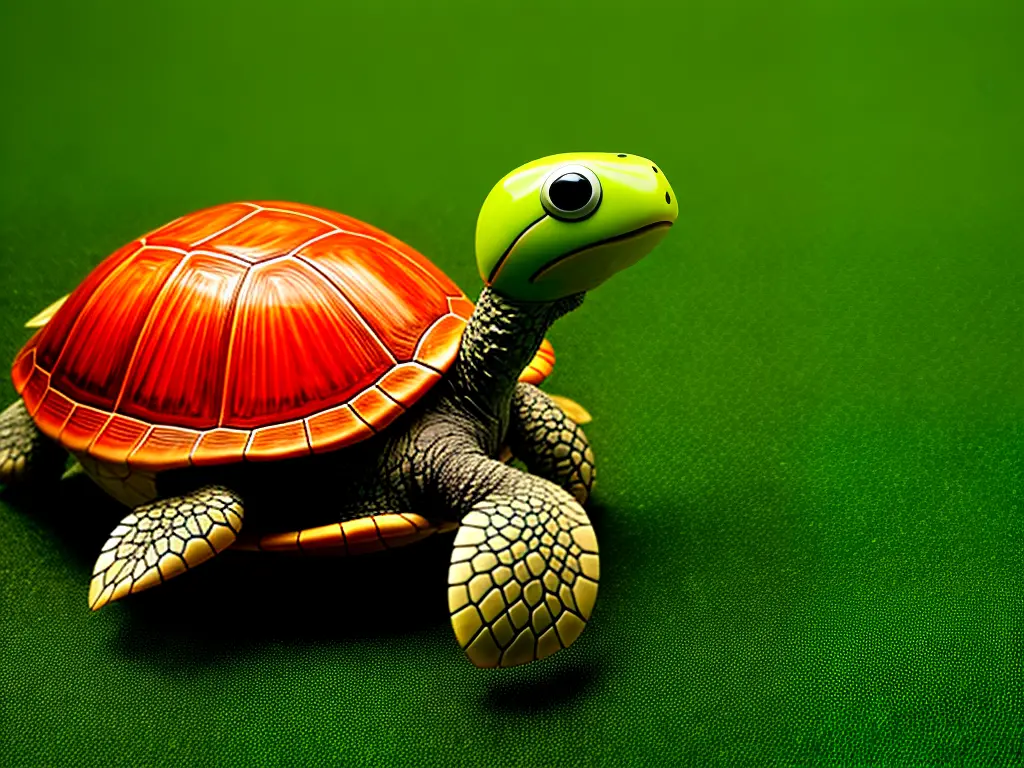
Turtle Reproduction and Nesting
Reproduction is another significant aspect of turtle habitats, as it is usually influenced by the environment. Turtle reproduction typically begins with courtship and mating, which can occur both in water and on land, depending on the turtle species. Courtship behaviors vary but can include nuzzling and biting, swimming in circles, and rubbing their heads or tails. Once a female turtle is successfully mated, she carries the sperm inside her body until she is ready to lay her eggs. Studying reproductive behaviors in conjunction with feeding habits can give a comprehensive view of the diverse habitats these remarkable creatures occupy.
The nesting habitat for turtles is essential for their successful reproduction. They usually prefer sandy beaches, dunes, or soft soil, depending on the species. Some turtles are known to travel long distances to return to their specific nesting site. The female turtle will dig a hole or chamber using her back legs to lay her eggs. After depositing her clutch, she will cover the nest with soil and then leave, providing no further care for the offspring.
The number of eggs in a turtle’s nest, called the clutch size, can vary greatly depending on the species. Some sea turtles lay over 100 eggs in a single nest, while other smaller species may lay fewer than a dozen. The temperature of the nest determines the sex of the eggs, with warmer temperatures producing more female offspring and cooler temperatures resulting in males. This characteristic of turtles is known as temperature-dependent sex determination.
While the eggs are incubating in the nest, they are vulnerable to predators like raccoons, birds, and ants. Some turtle species, such as the leatherback sea turtle, have evolved to lay their eggs deeper within the sand to offer more protection. Other species, like the red-eared slider, have been observed exhibiting nest-guarding behaviors, staying close to the nest to protect the eggs from predators. However, these behaviors are not common, and most turtle nests remain unguarded.
Turtles are fascinating creatures that experience various stages of life, beginning with hatching. The hatching process can take anywhere from several weeks to a few months, depending on the turtle species and the temperature. Generally, warmer environments lead to faster incubation and hatching times. Once the baby turtles, called hatchlings, emerge from their eggs, they navigate to the surface, usually at night. This timing helps them avoid daytime predators and extreme temperatures. Hatchlings are independent from birth and will either make their way to the water (in the case of aquatic turtles) or find shelter on land (in the case of terrestrial turtles). However, these baby turtles face numerous challenges from the moment they hatch, such as predators, habitat loss, and other human-induced threats.
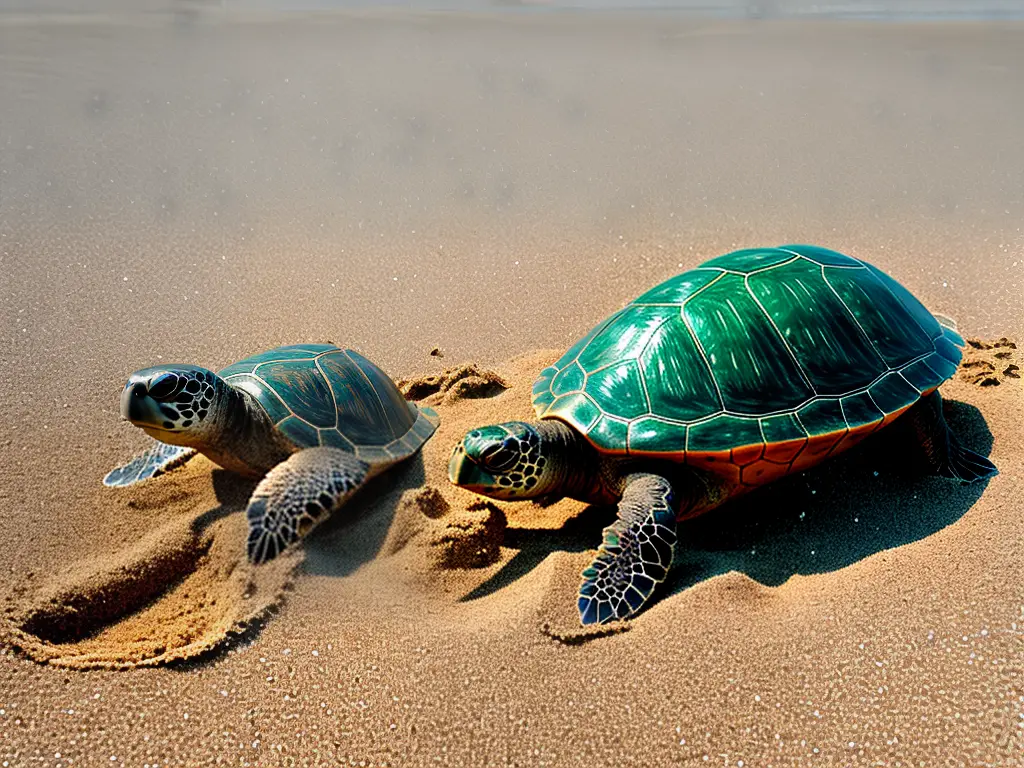
Threats to Turtle Populations
Despite their remarkable resilience, turtles, as well as many other species, face several threats to their habitats and survival. Pollution is a major threat, as it can harm turtle populations in various ways. For example, chemical pollutants can poison turtles and result in their death. Plastic pollution is another significant issue, as turtles often mistake plastic bags and debris for food. This leads to a stomach full of indigestible waste that can eventually kill them. Additionally, turtles can become entangled in discarded fishing nets and debris, causing injury or death. Overall, turtles continue to survive and reproduce for millions of years, despite adversity and the numerous threats they encounter.
Climate change and temperature changes are another threat to turtle habitats, particularly for sea turtles. Rising temperatures can cause sea turtle nesting sites to become too hot, leading to a higher mortality rate for hatchlings. Temperature also plays a role in determining the sex of some turtle species, with warmer temperatures resulting in more female hatchlings. A warmer climate can lead to a skewed sex ratio, making it difficult for turtles to sustain their populations.
Human intervention is another significant threat to turtle habitats. This includes collecting turtle eggs and adult turtles for food or the illegal pet trade, which can drastically reduce populations. Beachfront development and tourism can also destroy or disturb nesting areas for sea turtles. Beach lights can disorient hatchlings, causing them to head towards the light source instead of the ocean, ultimately leading to their death.
Turtles are fascinating creatures that play important roles in the ecosystems they inhabit. Understanding their natural environment and learning about the various habitats they live in can help us appreciate and protect these animals. Governmental and non-profit organizations worldwide are working to create protected areas for turtle nesting sites and educate the public about conservation efforts.

Turtle Habitat: How to Create the Perfect Home for Your Pet
In addition to these efforts, it’s also important to understand how to care for a turtle as a pet. If you decide to bring a turtle into your home, creating a proper habitat for them to survive and thrive is essential. This begins with researching their natural environment and selecting an appropriate enclosure, which will ensure the wellbeing of your new pet while also supporting ongoing conservation efforts for turtle populations.
Turtles can be aquatic or semi-aquatic, so you’ll first need to determine what type of turtle you have in order to provide them with the right living space. Aquatic turtles, such as red-eared sliders, will need a water-filled tank, while semi-aquatic turtles, like box turtles, will require a combination of water and land areas.
To create the ideal turtle habitat, start by choosing an appropriately sized tank. A larger tank is usually better, as it provides your turtle with more room to swim and explore. A 40-gallon tank is typically the minimum size for one small turtle, while larger turtles, or even multiple turtles, will require a bigger tank. Keep in mind that turtles grow quickly, so it’s essential to adjust the tank size to accommodate their growth.
Inside the tank, provide plenty of hiding spots and decor, such as large rocks and driftwood, to mimic their natural environment.
Water quality is crucial for turtles, especially for those that spend the majority of their time underwater. Maintaining a clean, well-filtered tank will ensure that your turtle stays healthy and free from any illnesses. Invest in a high-quality filter to keep the water clean and maintain a stable temperature between 75 and 90 degrees Fahrenheit, depending on the turtle’s species. You’ll also need to perform partial water changes every week to help maintain optimal water quality. Test the water regularly for proper pH levels, ammonia, nitrite, and nitrate levels.
Feeding your turtle a balanced diet is essential for their overall health and wellbeing. Different turtles have different dietary requirements, so make sure you research your specific turtle species’ dietary needs. Generally, most turtles eat a combination of pelleted turtle food, insects, and fresh produce. Provide a varied diet to ensure your turtle receives all the necessary nutrients. Keep in mind that overfeeding can lead to health problems, so follow recommended feeding guidelines and consult your veterinarian if you’re unsure about portion sizes.
In addition to creating the perfect habitat for your turtle in terms of space, water quality, and diet, it’s crucial to provide them with proper heating and lighting. Turtles require a basking area with a heat lamp to help them regulate their body temperature. The basking area should have a temperature of approximately 10 degrees warmer than the water, depending on the species. Turtles also need UVB lighting to metabolize calcium properly and to prevent health problems. Ensure that the UVB light is placed above the basking area and within the recommended distance for the specific bulb you purchase.
By providing your turtle with the right conditions and care, they will have a happy and healthy life in their home habitat.
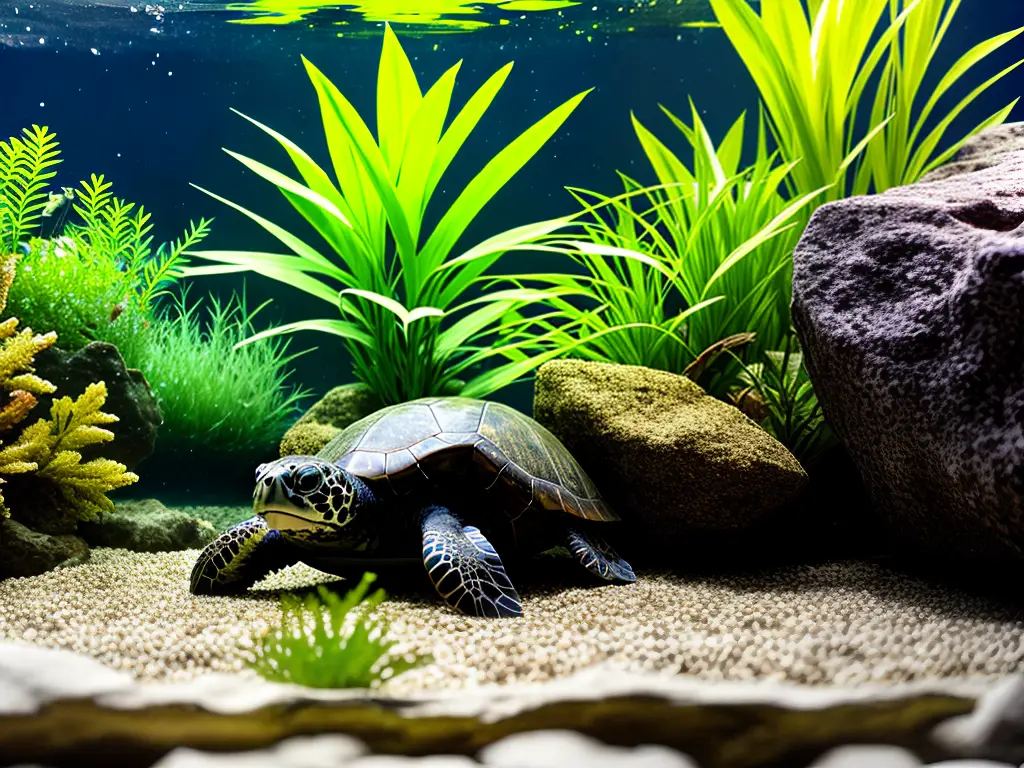
Ultimately, as we delve deeper into the world of turtle habitats and what it takes to sustain these remarkable creatures, we become more aware of the threats they face and the urgent need for conservation efforts. Through our actions, both small and large, we hold the key to preserving the rich biodiversity these reptiles contribute to our planet. By gaining a better understanding of turtle habitats and making informed choices, we can support initiatives to protect these fascinating species and ensure their continued existence in their diverse environments for generations to come.

